
THIS IS WHERE WE DRAW THE LINE
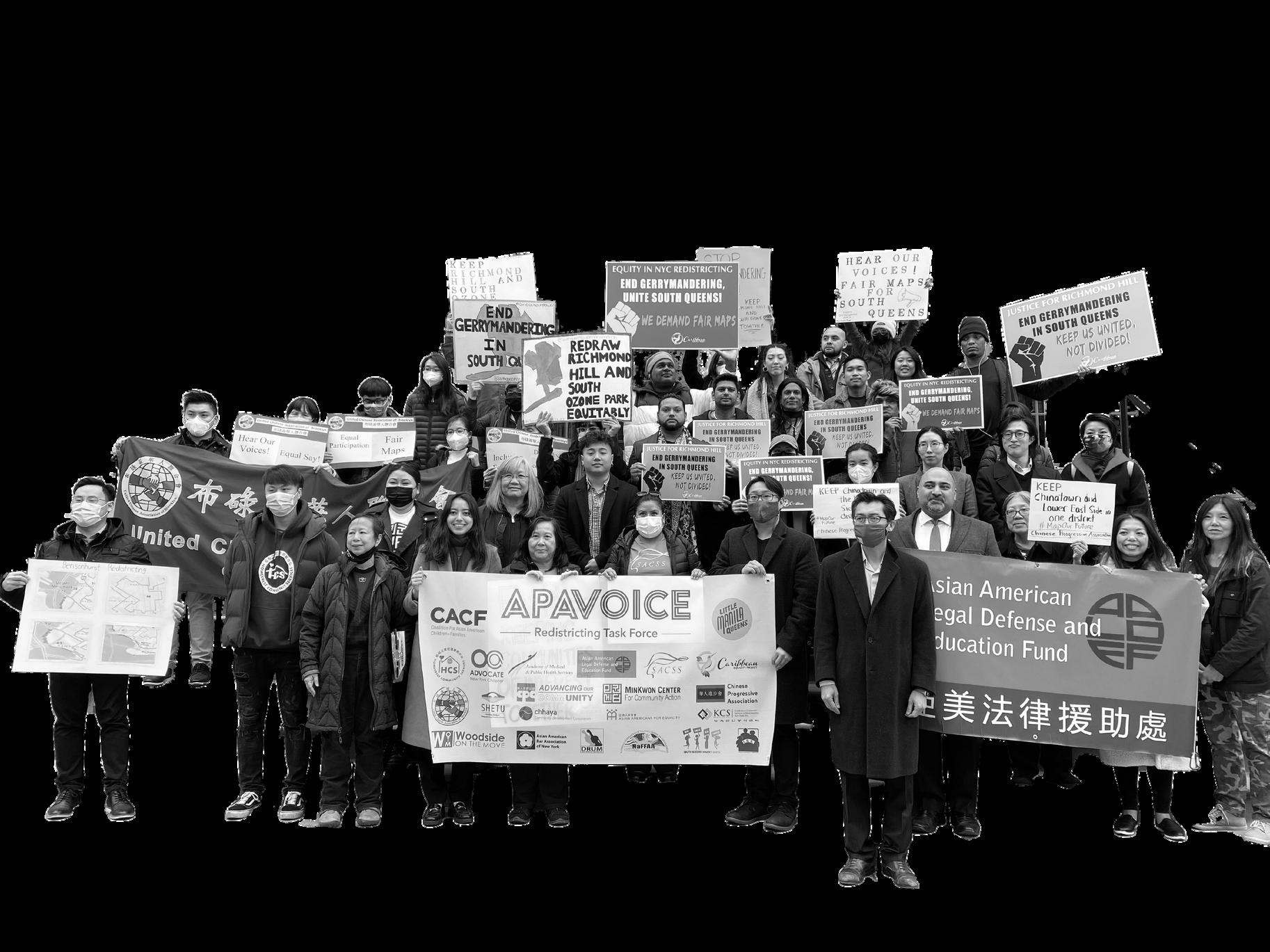



THIS IS WHERE WE DRAW THE LINE


Redistricting Task Force is the largest APA coalition involved in the 2020 redistricting cycle in New York City and State.
Asian Pacific American Voting and Organizing to Increase Civic Engagement (APA VOICE) Redistricting Task Force is the largest APA coalition involved in the 2020 redistricting cycle in New York City and State. Following the 2010 redistricting cycle, the Redistricting Task Force (then known as ACCORD)* began with five APA organizations and, in 2023, under APA VOICE, grew to twenty diverse organizations serving Asian Americans throughout the five boroughs of New York City With Min Center for Community Action as its convenor, this coalition consists of Pan-Asian, Chinese, Filipino, Korean, South Asian, Indo-Caribbean, and Tibetan organizations For more than three years, we’ve convened weekly meetings; educated ourselves first, then our communities on the importance of redistricting; mobilized members to testify at the congressional/state and city redistricting hearings; and met with elected officials to support our desired maps. With our voices magnified as a unified and large coalition, we have been visible and impactful.
*ACCORDstandsforAsianAmericanCommunityCoalitiononRedistricting andDemocracy.TheoriginalmemberorganizationswereMinKwonCenter forCommunityAction,OCA-NY,KoreanCommunityServicesof MetropolitanNewYork,ChineseProgressiveAssociation,andKorean AmericansforPoliticalAdvancement.Followingthe2010redistrictingcycle, itwasmoreeffectivetolinkredistrictingwithongoingcivicengagement efforts.ACCORDthenbecameataskforceunderAPAVOICE.*







Immigrant SocialServices



Tibetan Community Center of NY & NJ

United Chinese Association of Brooklyn

NationalFederation ofFilipinoAmerican Associations-NY










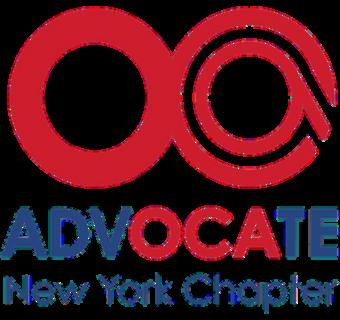
New York Chapter

Homecrest CommunityServices
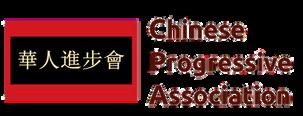
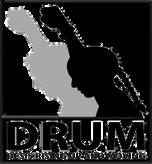


2020 REDISTRICTING CYCLE
NYS Independent Redistricting Commission (IRC) formed. Held two rounds of public hearings. 2021
JANUARY
IRC deadlocked and submitted two different versions of maps to the Legislature for approval. The Legislature rejected the maps and the IRC was required to submit new maps. 2022
FEBRUARY
IRC didn’t submit new maps. The Legislature then drew its own maps without public comment Gov Hochul signed the maps into law
Republicans sued claiming congressional and state senate maps were unconstitutionally drawn 2022

2022
2022
MARCH - MAY
Court found the Legislature could not create maps because the IRC process was not followed. IRC never submitted a second map to the Legislature. The court appointed a Special Master to redraw the maps because there was not enough time for the IRC to redraw the maps before congressional petitioning began. Special Master held a public hearing to receive testimony on proposed lines and released a new map
MAY
Lawsuit was filed challenging the Assembly lines drawn by the Legislature claiming the IRC process was not followed because the IRC never submitted a second map to the Legislature.
JUNE
Democrats sued claiming the Special Master’s congressional map was only supposed to be in effect for the 2022 elections and the IRC had time to redraw maps before the next congressional election. Republicans argued the Special Master’s map should remain in effect until after the 2030 Census. 2022
SEPTEMBER
Court ordered the IRC to redraw the Assembly lines and hold hearings. 2022
NOVEMBER
2022 Congressional elections held using the Special Master’s Map. 2022
JANUARY - MARCH
IRC held hearings on its draft Assembly Map. 2023

APRIL
IRC voted to send a different assembly map than the one it initially drafted to the Legislature for approval without public comment Legislature adopted the IRC map and Gov Hochul signed it into law 2023
DECEMBER 12
Court of Appeals ruled the IRC must redraw congressional lines and submit them to the Legislature for approval by 2/28/24 in time for the start of the 2024 Congressional election process. 2023
DECEMBER 15
Democrat Commissioners issued a memo: it would not hold any more public hearings and was no longer receiving written submissions on its portal. 2023
FEBRUARY 15
IRC voted to submit a draft map to the Legislature without public comment. 2024
FEBRUARY 26
Legislature rejected the IRC draft map. 2024
FEBRUARY 27
Legislature drew its own map without public comment. 2024
FEBRUARY 28
Legislature voted to adopt its own map and Gov. Hochul signed it into law. 2024

2020 REDISTRICTING CYCLE
MARCH
New York City Districting Commission formed 2022
MAY - AUGUST
The Commission held two rounds of public hearings. 2022
NOVEMBER
The Commission voted on its map for city council lines and submitted its plan for filing 2022

With the substantial growth of the APA population since 2010, it was imperative that Asian Pacific American communities participate in redistricting to translate this growth into empowerment.
New York City’s population grew by 8 percent (629,415) between 2010 and 2020. The most significant contribution to this growth has been the increase of Asian populations, which now makes up 16% of New York City residents at approximately 1 4 million individuals, compared to 12 6% in 2010 To date, New York City has more Asian American residents than any other city in the U S *
*How Communities of Interest Are Evolving in New York City Today: Communities of Interest Report 2023, CUNY Graduate Center and data from the decennial Censuses.*

While the Chinese remain the largest ethnic group at 48% of Asian populations in New York City, the city’s Asian population also includes significant populations of Asian Indians (20%), Koreans (7%), Bangladeshi (6%), Filipinos (6%), Pakistanis (4%), Japanese (2%), Taiwanese (1%), and Thai (1%). There are small but significant groups of Sri Lankans, Burmese, Indonesians, Cambodians, and Malaysians Two percent of Asian New Yorkers also identified as “Other Asian” or “Two or More Asian ”
Bangladeshis are the fourth largest Asian subgroup in New York City and one of the city’s fastest-growing groups. They are concentrated in Jamaica, Hillcrest, and Fresh Meadows in Queens and Soundview, Parkchester in the Bronx. In Jackson Heights, Sunnyside, and Woodside, Bangladeshi Americans comprise 7.7% (7,000) of all residents.
The Asian population grew in all five boroughs with the greatest percentage increase in Staten Island (64,300) at 69% followed by a 43% increase in the Bronx (81,609) and Brooklyn (419,526), a 28% increase in Queens (705,973) and a 27% increase in Manhattan (254,443).

With the documented growth of the APA population and throughout the diverse APA communities in New York City).*
With the supportive results of the 2020 Census, our major goal was to create a majority APA Senate District in Brooklyn, a majority APA Assembly District in Woodside/Elmhurst/Jackson Heights in Queens, and to keep the APA communities of interest* in New York City as whole as possible in one district.
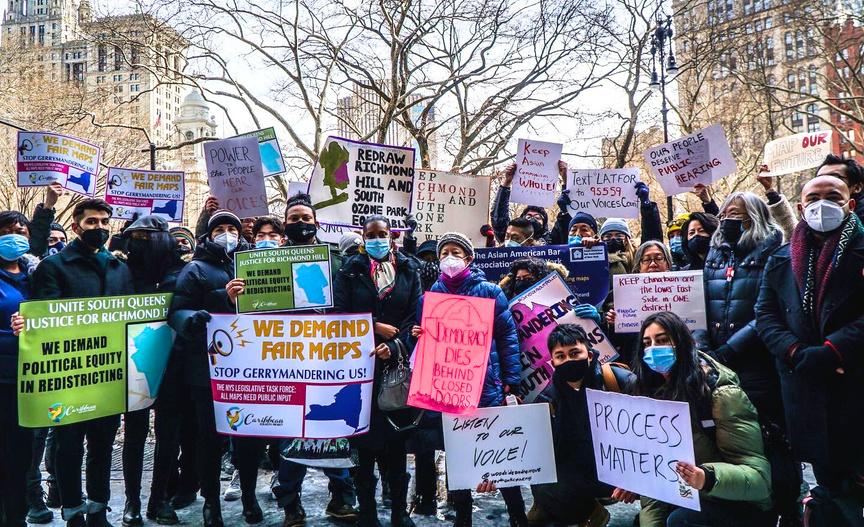

The creation of the first near majority APA Senate district: Senate District 17. This newly created open seat led to the election in 2022 of Iwen Chu, the first Asian American senator in Brooklyn.

Flushing community of interest remains a majority APA district in Senate District 16.

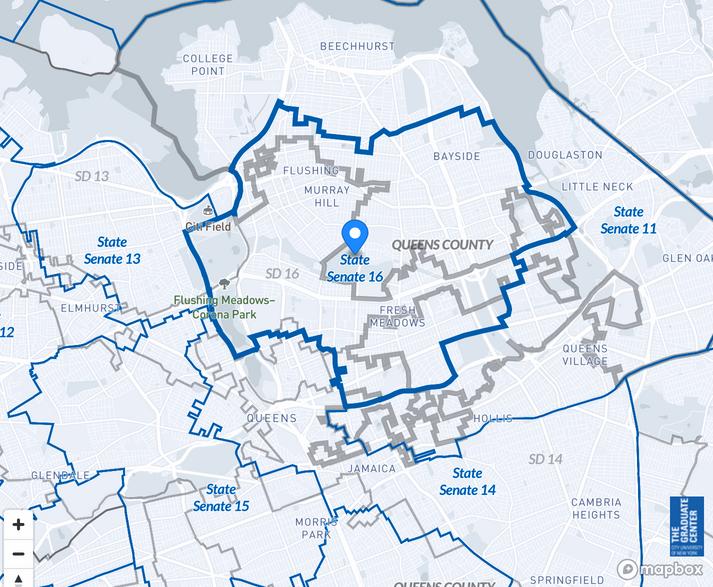
Queens Woodside and Elmhurst communities of interest are kept whole in Senate Districts 12 and 13 respectively.
Redistricting & You

Queens
Richmond Hill/South Ozone Park community of interest is largely in Senate District 15.
Redistricting & You
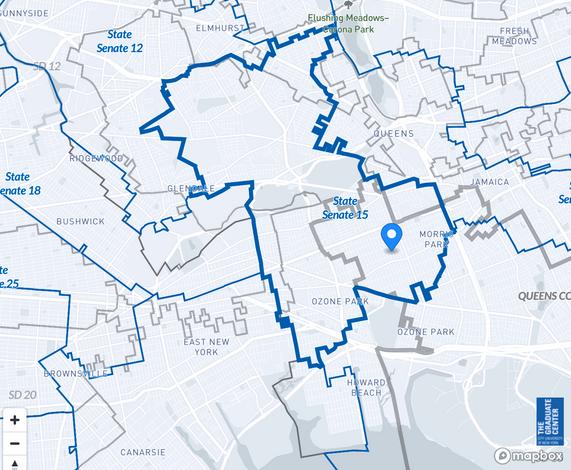

Chinatown/Lower East Side is kept whole in Senate District 27, a district that is entirely in Manhattan. A previous Independent Redistricting Commission (IRC) draft map attempted to divide this community of interest and combine a part of this area with Brooklyn.
Redistricting & You
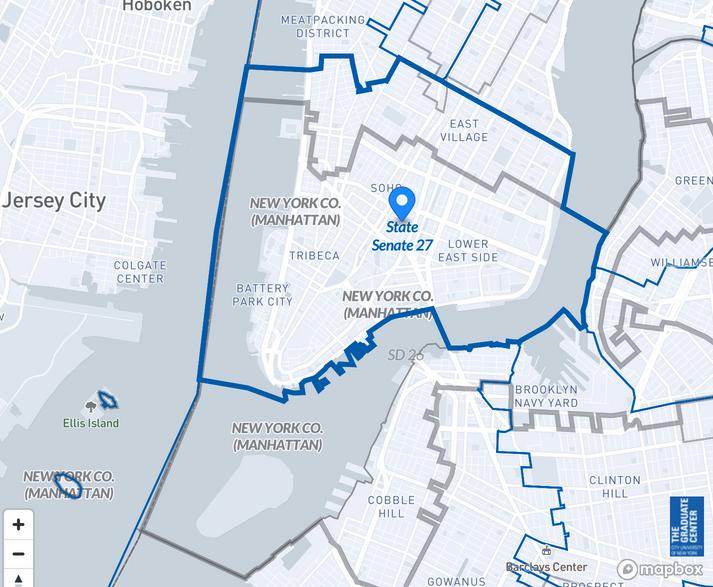

Queens Woodside: Created a majority APA Assembly District 30. This seat is now held by Steve Raga, the first Filipino American elected to public office in New York State. Before the state legislature's maps were challenged in court, APA VOICE
Redistricting Task Force had been advocating for a majority APA Assembly District 30 that included Woodside, Jackson Heights, and Elmhurst The state legislature then drew a map for this area that was 495% APA After the court ordered the IRC to redraw the assembly lines, the IRC finally created and the Legislature approved a majority APA Assembly District 30
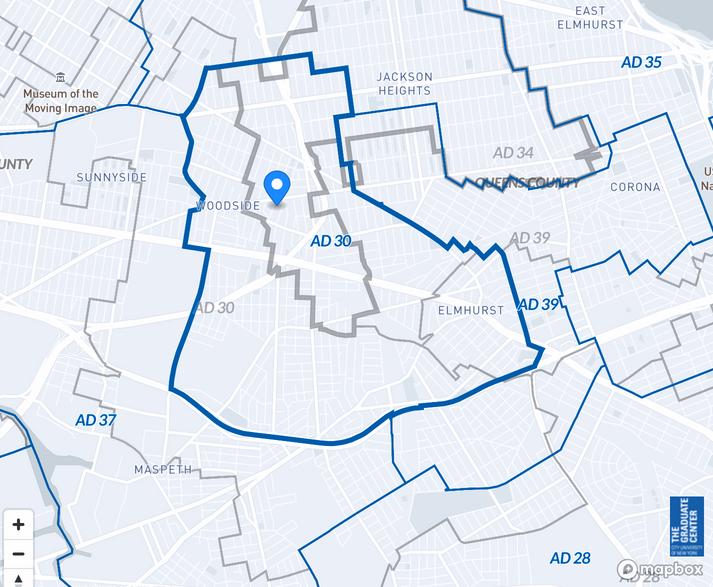
Queens
Bayside is kept largely whole in Assembly District 26. The IRC draft map attempted to link the East Asian communities north of the Long Island Expressway with the South Asian communities south of the Long Island Expressway when the two had little interaction because they were geographically separated by the Expressway

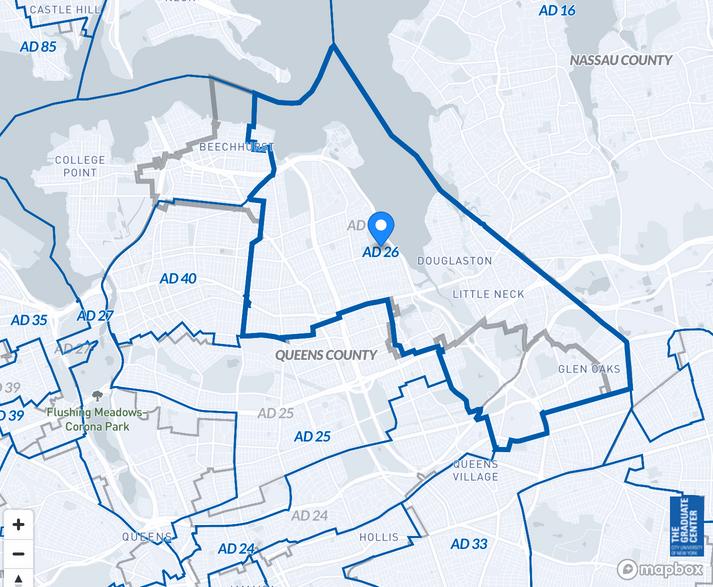
The APA majority District 49 created in 2010 was 578% APA in 2010 and remains a majority APA district with 568% APA in 2020
This majority APA district contributed to the 2022 election of Lester Chang, the first APA-elected Assembly person in Brooklyn Chang upseated Peter Abbate, a Democratic i b t f 35

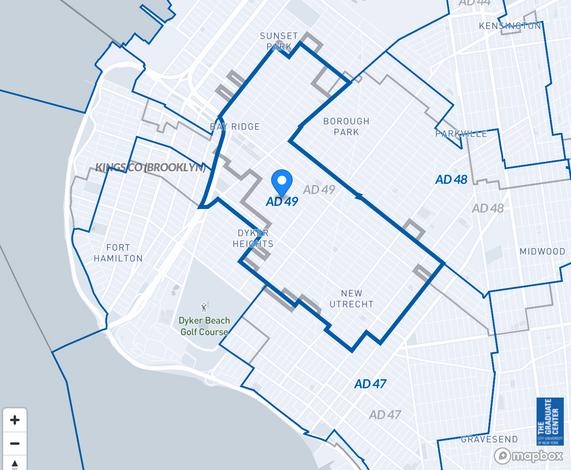
Brooklyn Assembly District 47 is a stronger APA plurality from 41.8% APA in 2010 to 42.2% APA in 2020.
Redistricting & You
State Assembly

Bronx Parkchester in the Bronx is kept whole in Assembly District 87
Redistricting & You
State Assembly
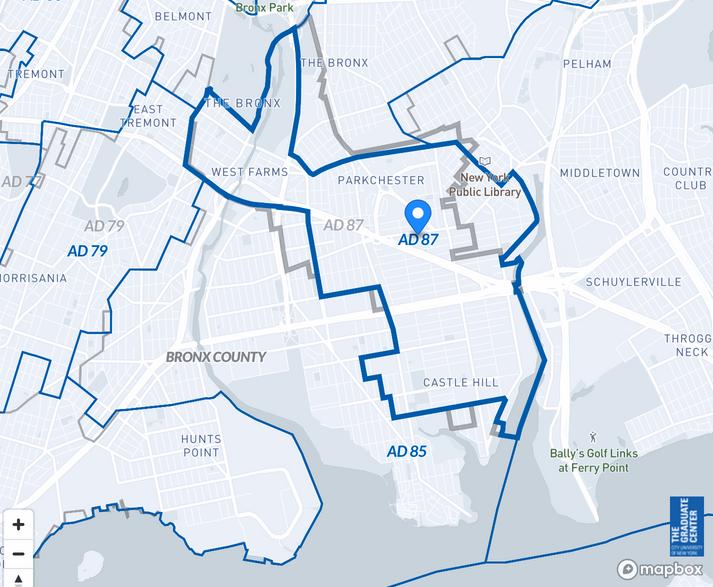

Kept Manhattan Chinatown/Sunset Park community of interest with a large APA population in the same Congressional District 10 (a draft IRC map attempted to divide Manhattan Chinatown and S t P k i t t diff t i l di t i t )

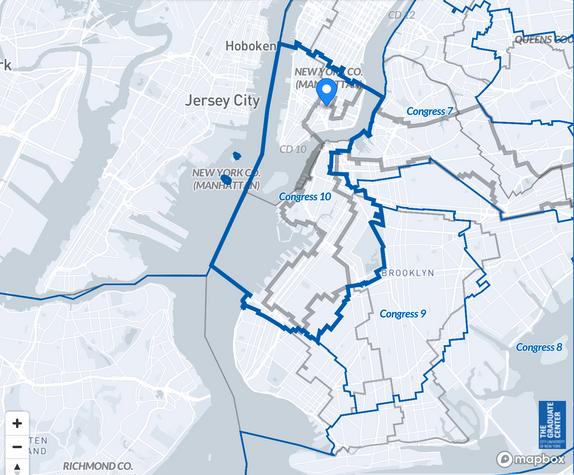
Congressional District 6 now includes Flushing and parts of Bayside, Woodside, Elmhurst, Corona, and Jackson Heights (In 2012, CD 6 did not include Woodside which contains a large Filipino community of interest) Now CD 6 is a stronger p
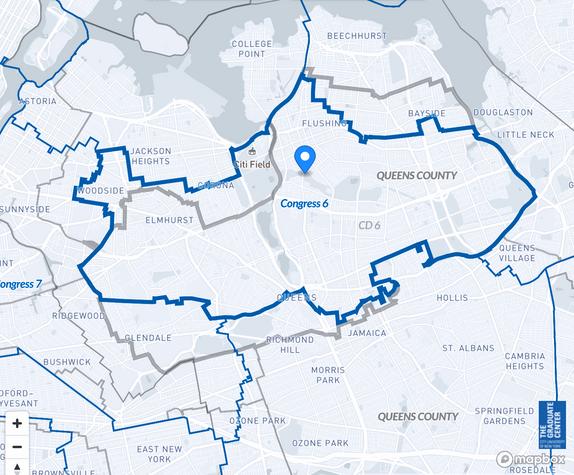
The creation of the first majority APA City Council District 43 in Brooklyn. In 2010, the population in Bensonhurst was too big to form one district, but it was divided into four separate districts. The Task Force advocated for two strong APA plurality city council districts; our goal was to keep Bensonhurst together in fewer districts With our input, the newly drawn majority APA District 43 does include more of Bensonhurst so Bensonhurst is now divided into three instead of four districts This led to the 2023 election of Susan Zhuang, the first Chinese American to be elected to the City Council in Brooklyn
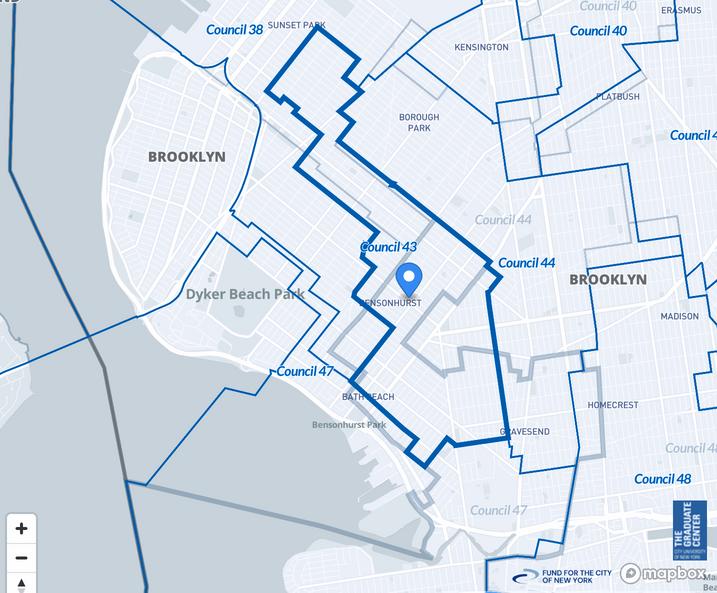
Queens
Woodside: kept the Filipino community of interest and Little Manila intact in City Council District 26 entirely in Queens This was a major victory The Districting Commission’s draft map attempted to link this community with Manhattan’s Roosevelt Island

Redistricting & You
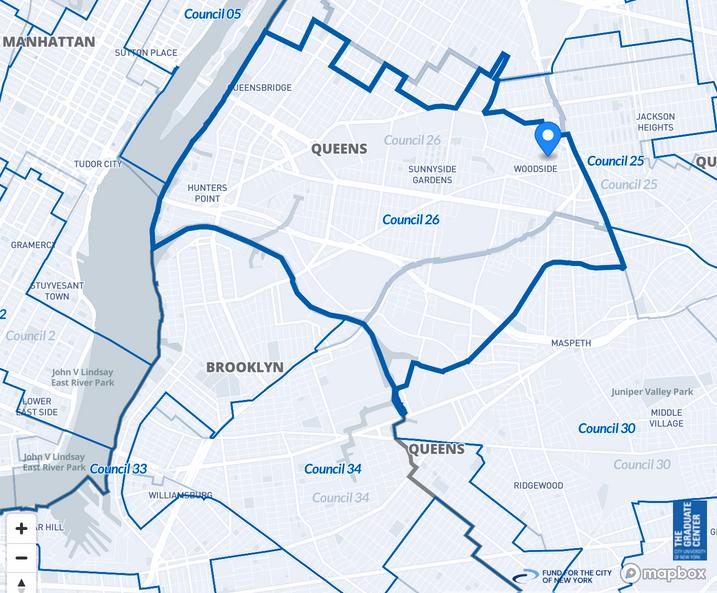
Queens Elmhurst: kept the APA community of interest together in District 25.
Redistricting & You
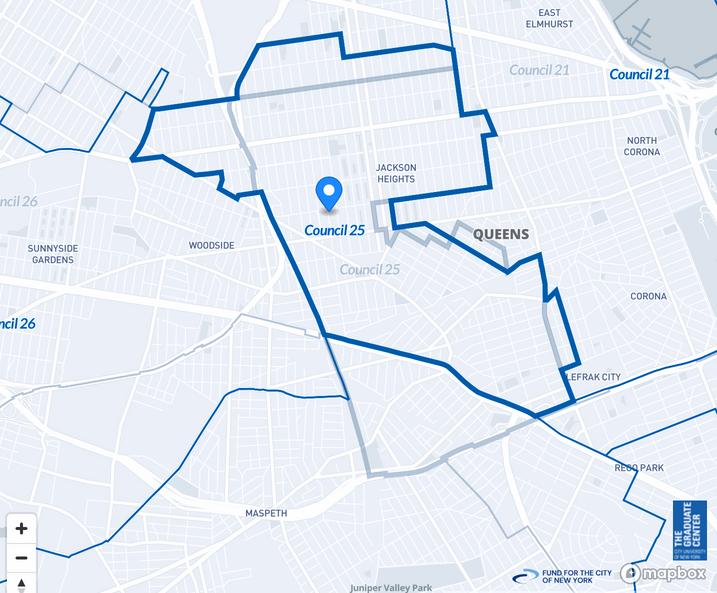
 City Council
City Council
Manhattan
Manhattan Chinatown/Lower East Side community of interest is kept together in City Council District 1.
Redistricting & You
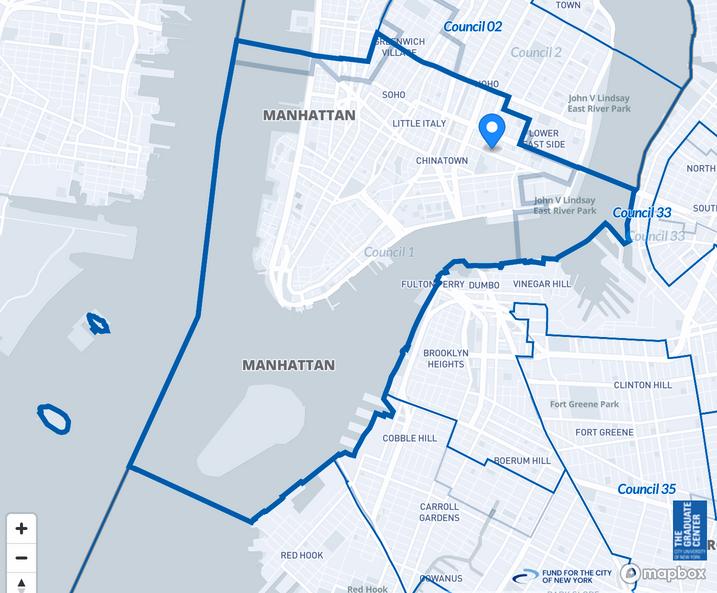

To highlight our work, mainstream media outlets have covered our key advocacy efforts more than forty times to date. The coverage included the official launch of APA VOICE Redistricting Task Force for the 2020 redistricting cycle, eight press conferences, oral testimonies at public hearings, and a rally to protest LATFOR drawing congressional/state lines without input from the community Press was interested in our reaction to state and city districting commission maps that created APA majority or near majority APA districts in Brooklyn or that continued to divide the
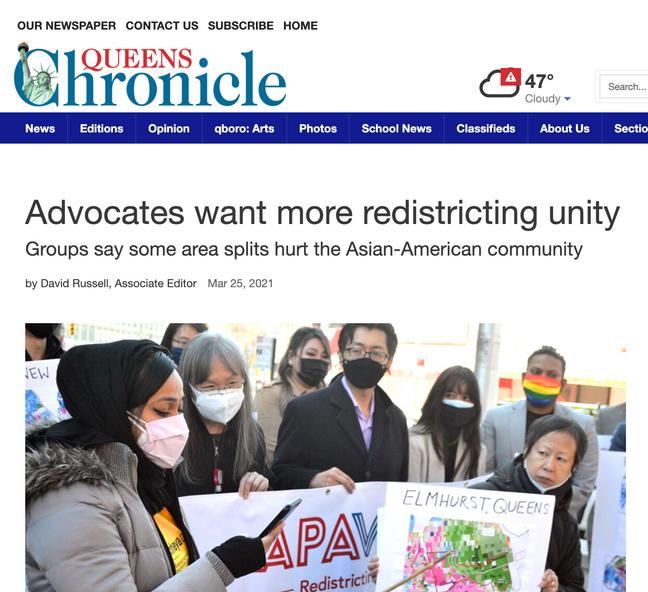
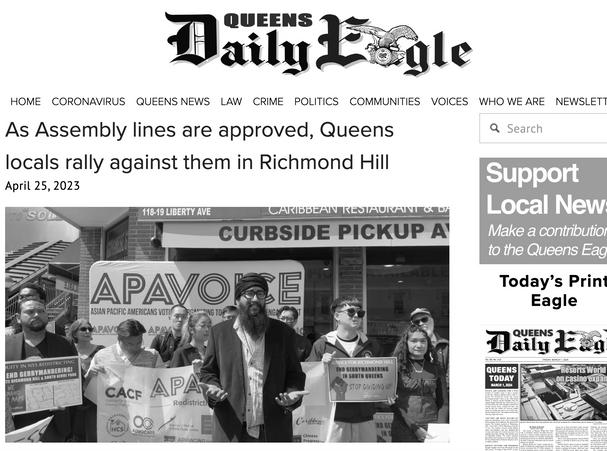
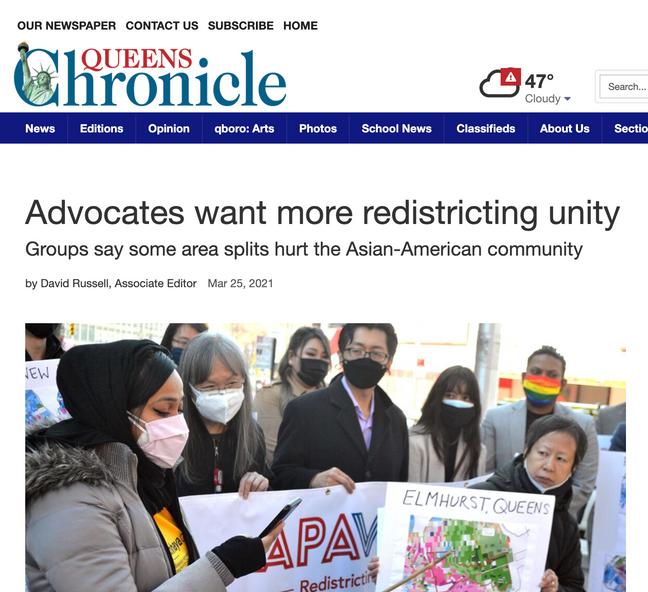
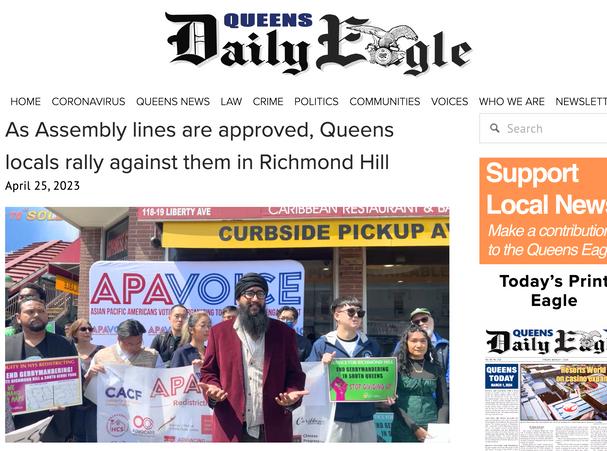
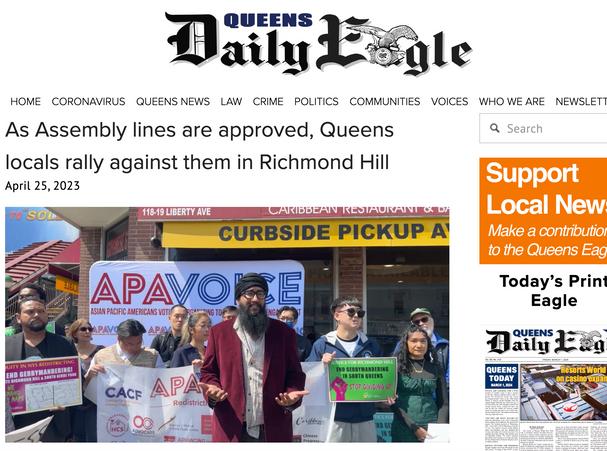



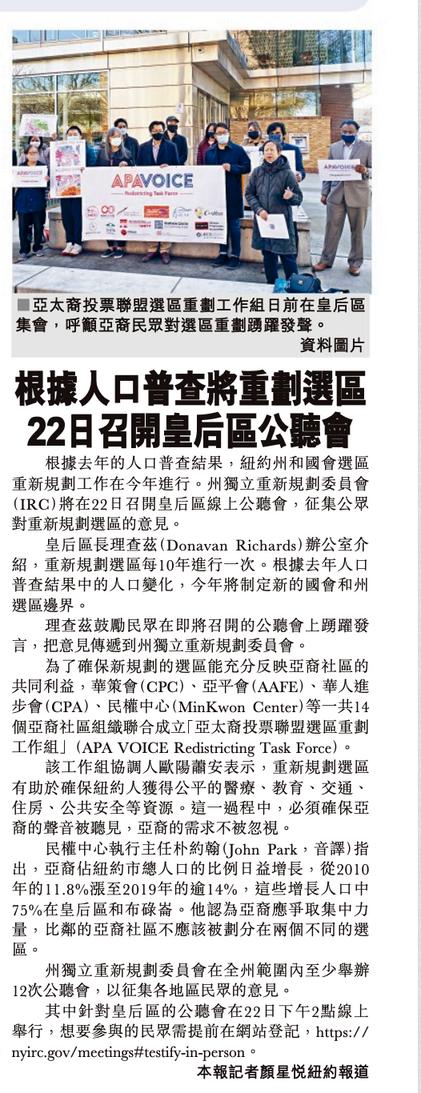
We received coverage in print media: The New York Times, Politico, CityandStateNY, The City, City Limits, Gothamist, Queens Chronicle, Queens Eagle, Sunnyside Post, Brooklyn Eagle, Village Sun; broadcast media like NBC4, NY1, News 12 (Bronx), CUNY TV; and radio; notably NPR, NY Public Radio, and Radio
Free Brooklyn Ethnic press coverage included ITV Gold, West Indian Today, Korea Times, Korean Daily, World Journal, and Singtao.
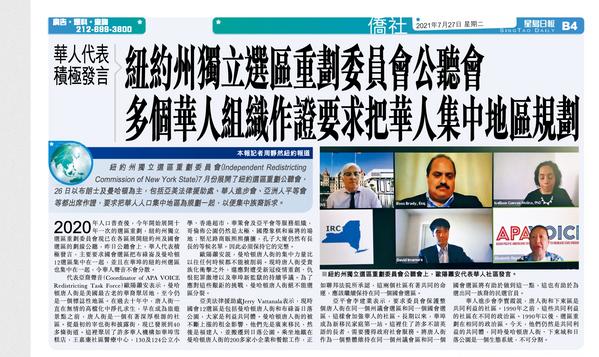
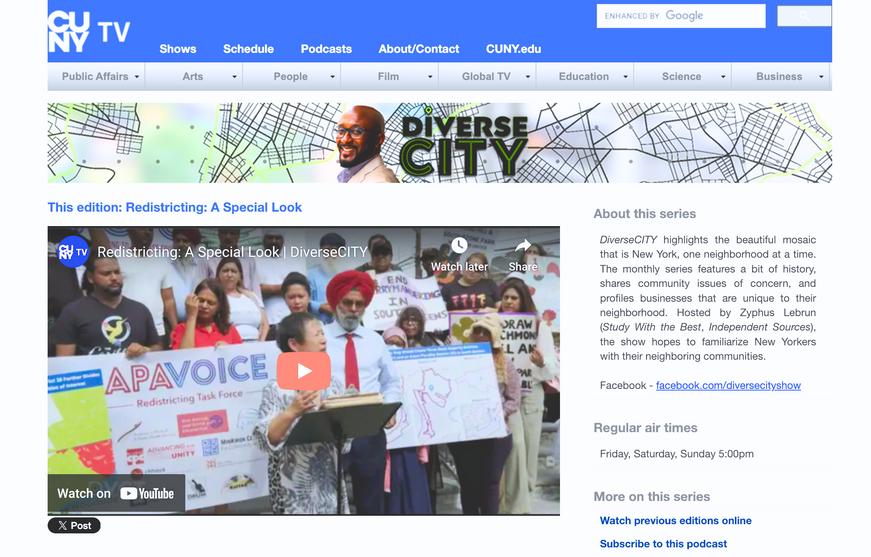

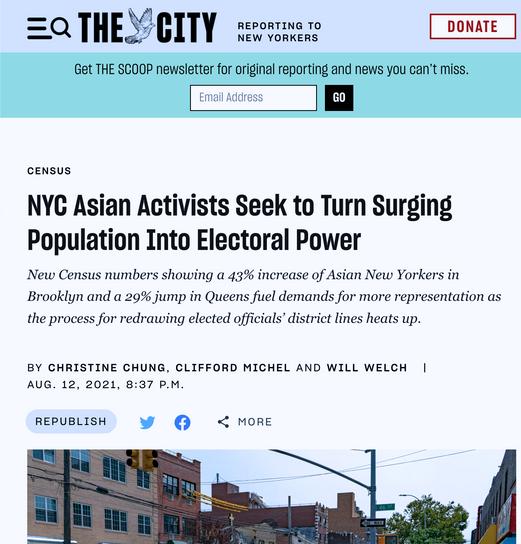


“This is what happens when a so-called independent commission is created with its members split evenly along party lines, with no additional nonpartisan commission members to break a tie,” said Elizabeth OuYang, who coordinates a campaign by APA VOICE Redistricting Task Force... ”
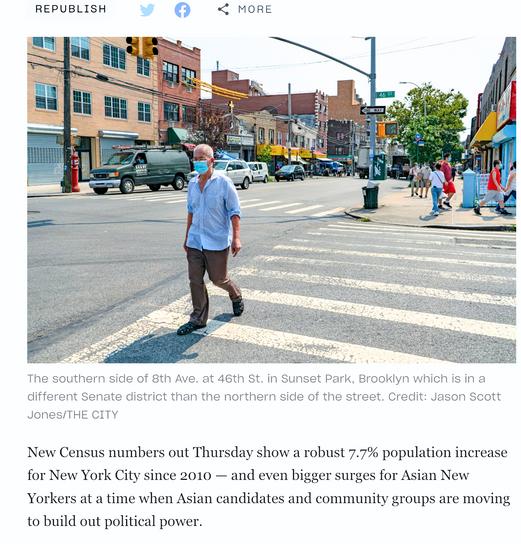


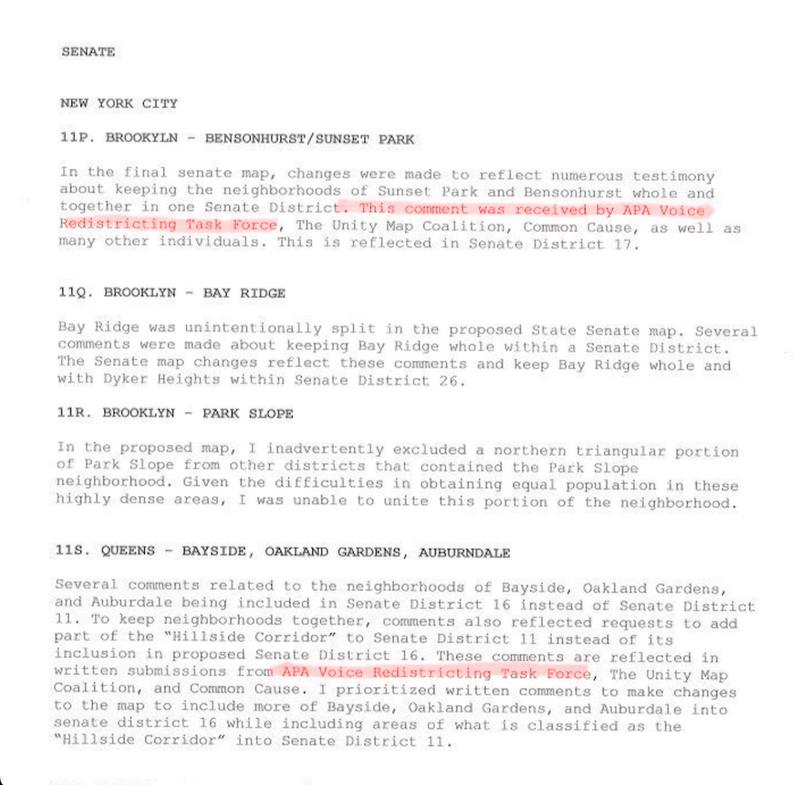
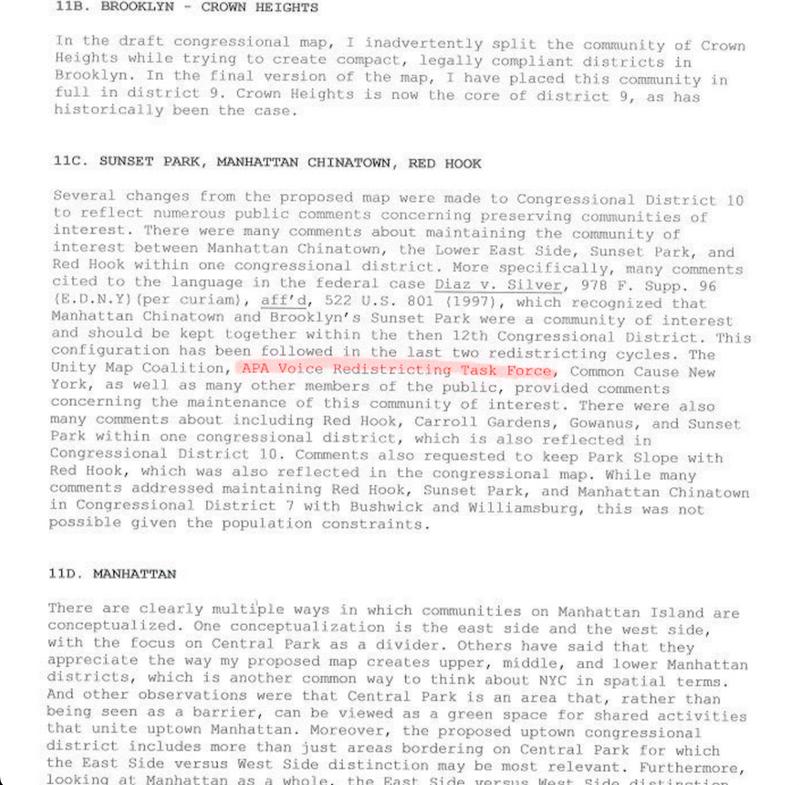
The IRC, composed of 10 commissioners, deadlocked along party lines and failed to submit one map to the New York Legislature for approval. The State Legislative Redistricting Task Force (LATFOR) then drafted congressional and state redistricting maps that the Legislature passed and Governor Hochul signed into law. Lawsuits subsequently challenged these maps The court found these maps to be unconstitutionally drawn and appointed a special master to draw new maps in time for the 2022 elections After receiving oral and written testimony, the special master credited APA VOICE Redistricting Task Force five times in his final report, the most of any community-based or civic group cited This showed that in addition to the media who view APA VOICE’s Redistricting Task Force as a credible source and voice for APA communities, so do the courts and voting rights experts.

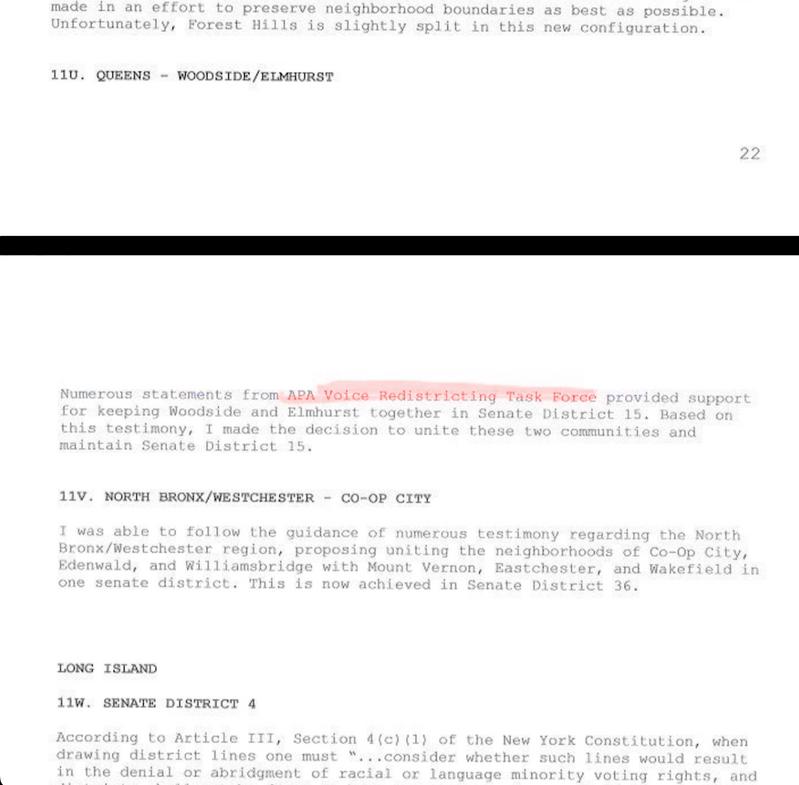

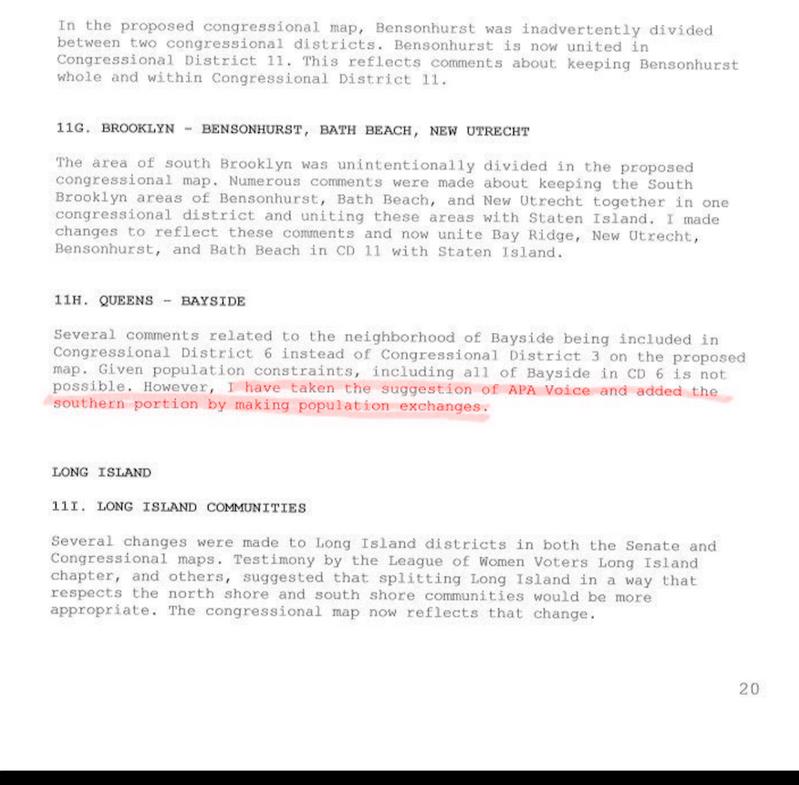
First came the redistricting of congressional and state lines for New York State. A successful educational campaign with the end goal of empowering APA communities to participate in the public hearings was a priority. With more than half of the coalition members new to redistricting and the 2020 redistricting cycle being the first time the newly created Independent Redistricting Commission would be in effect, we held internal training on the nuts and bolts of redistricting, the current process, and the unfinished business from the 2010 redistricting cycle that needed to be addressed.
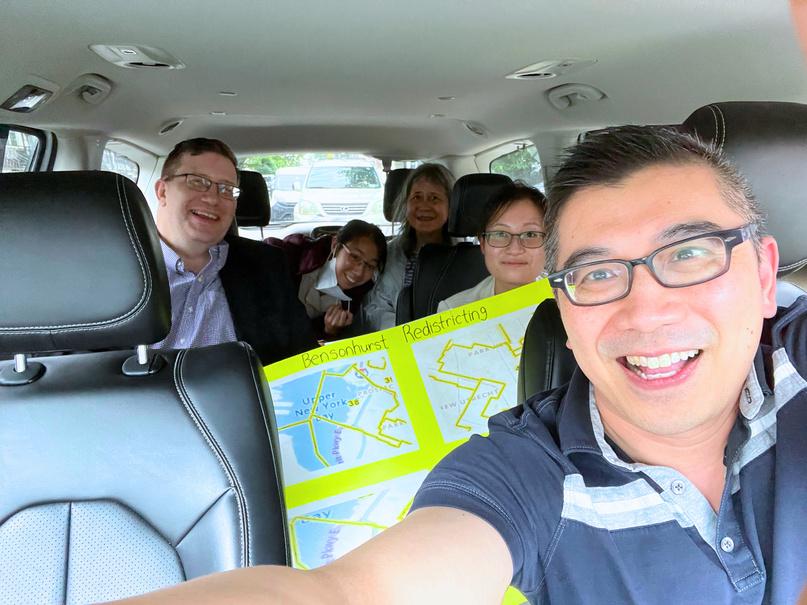
Richmond Hill/South Ozone Park, gerrymandered into seven assembly districts, was the most egregious Then, we organized three car tours of Sunset Park/Bensonhurst; Flushing/Bayside; and Richmond Hill/South Ozone Park to observe firsthand the growth in our communities since 2010. Visualizing these changes helped us better define the boundaries of our communities of interest and understand how existing districts would need to be reconfigured to include this growth.

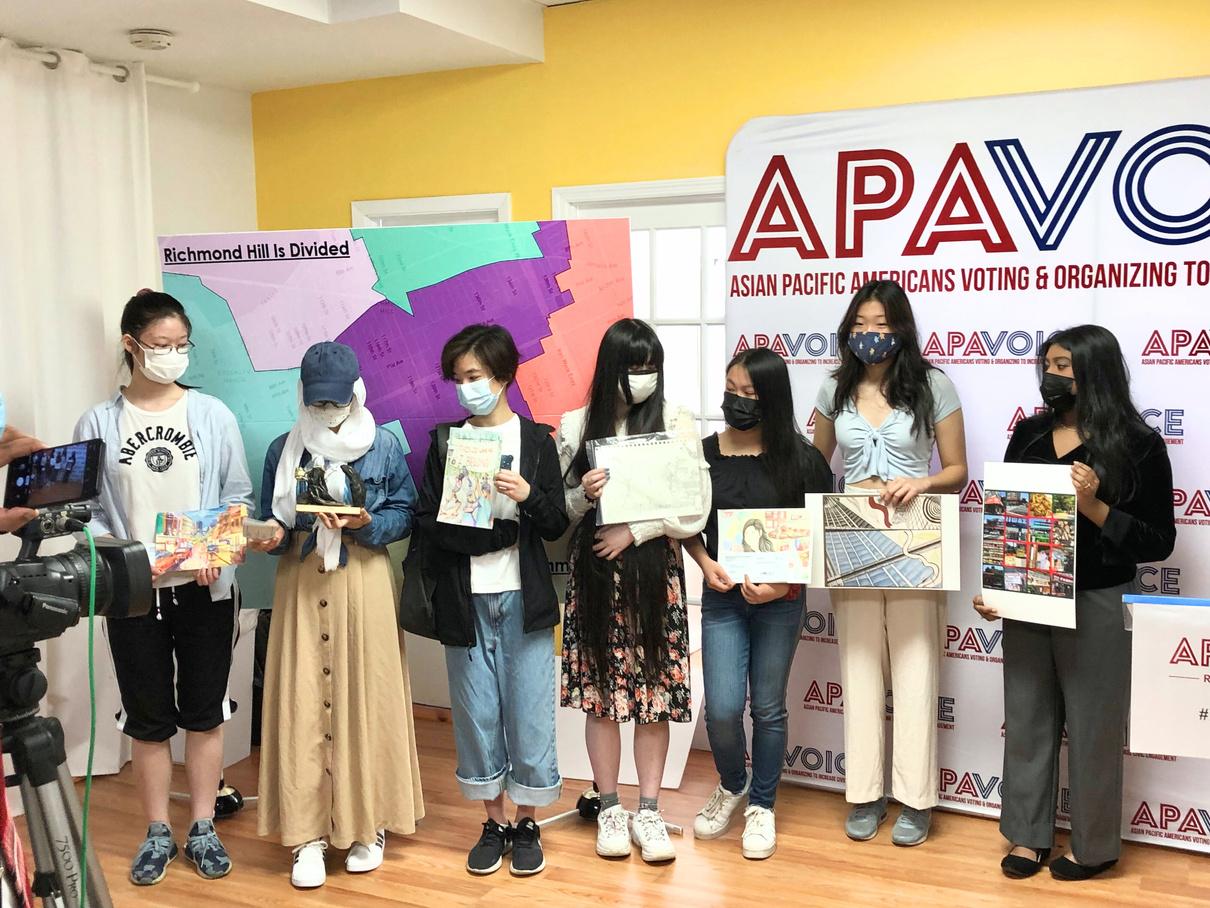
With all member organizations up to speed, we began preparing outreach materials for our respective communities. We created PowerPoint presentations and educational flyers tailored to the needs of our community to show the importance of redistricting, then translated them into Bangla, Chinese, Hindi, and Korean for older, monolingual APA residents and those whose first language was not English. To attract APA teenagers to learn about redistricting, we hosted a redistricting art contest citywide for teenagers.

From tabling at parks and intersections with heavy APA foot traffic to colorful and eye-catching Instagram graphics, we helped spread the word on redistricting. These efforts culminated in wellattended town halls in Manhattan’s Chinatown/Lower East Side, Bensonhurst in Brooklyn, Flushing, and Richmond Hill/South Ozone Park in Queens to educate and persuade community members to testify at the upcoming IRC hearings
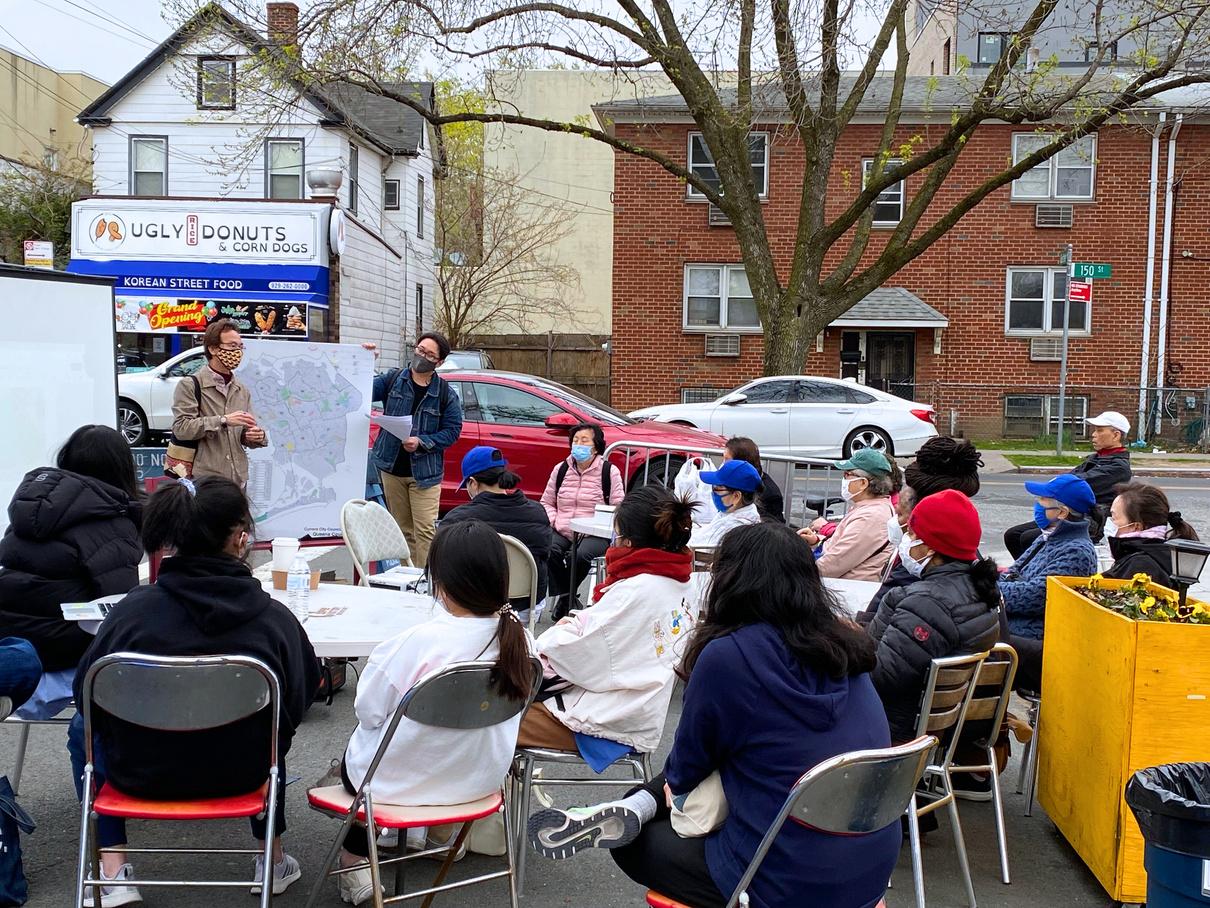
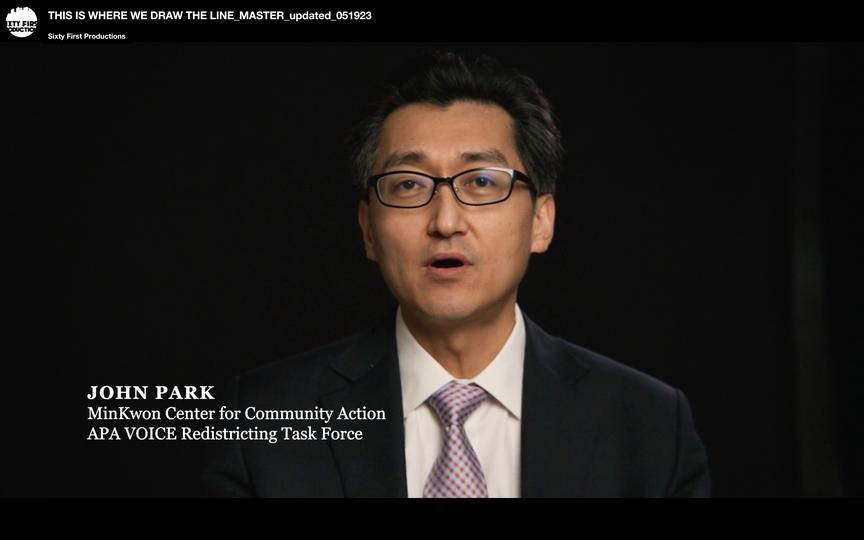
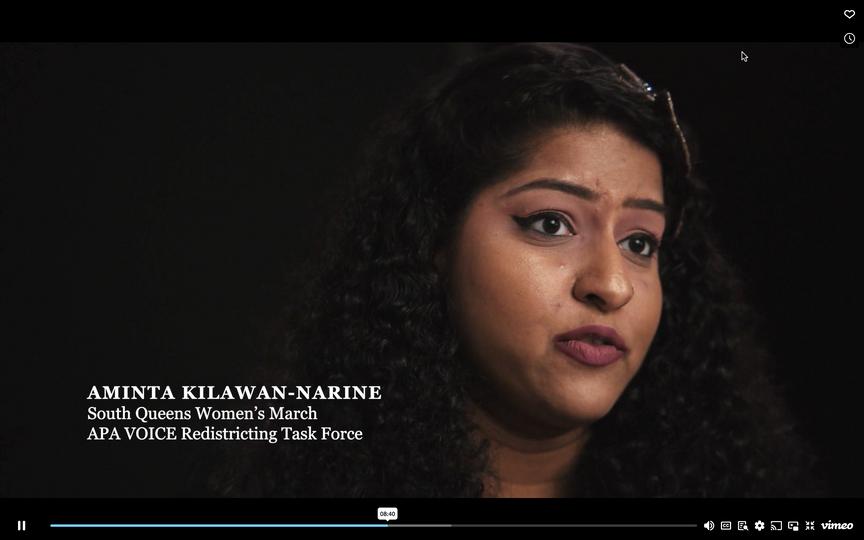
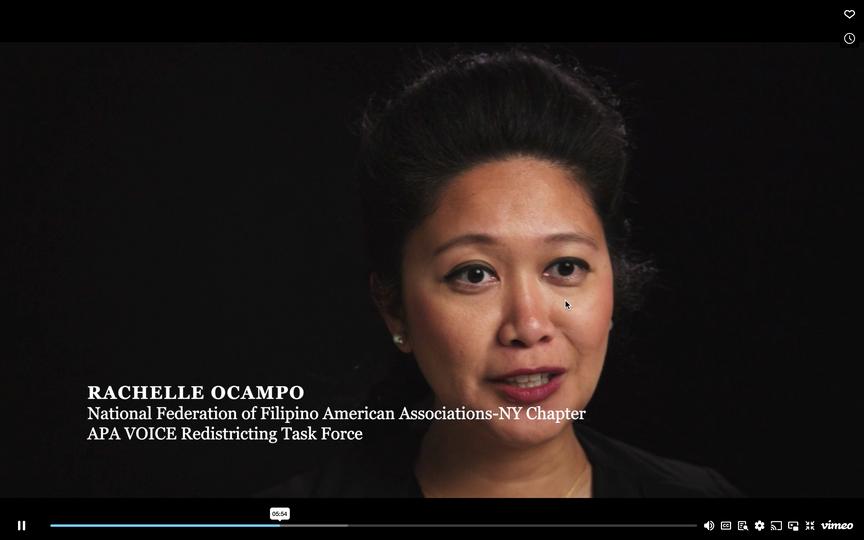

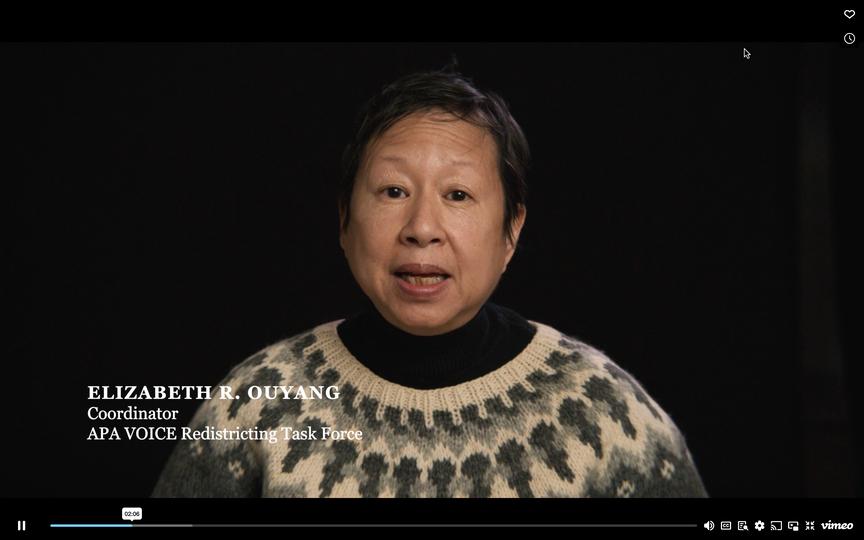


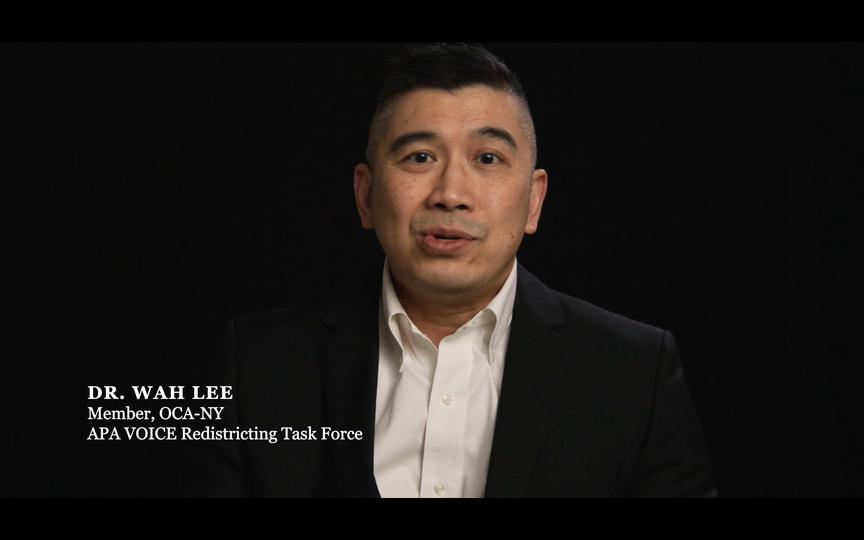
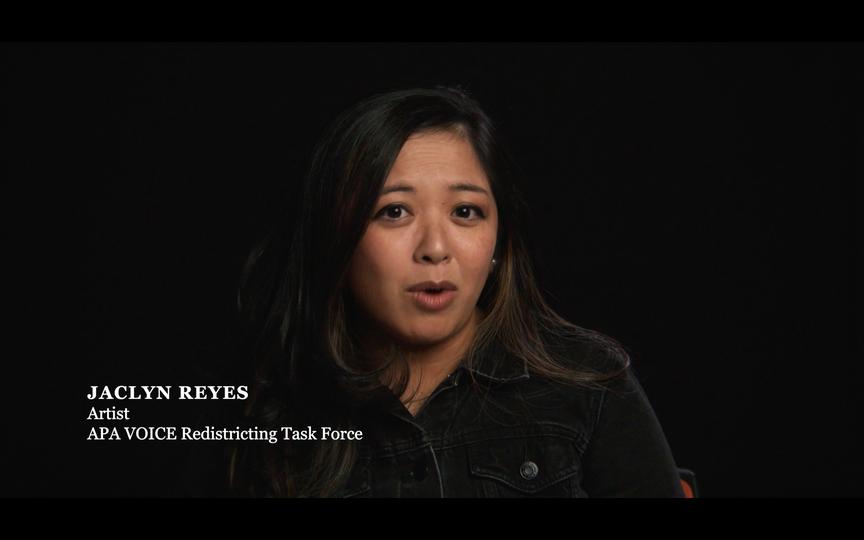
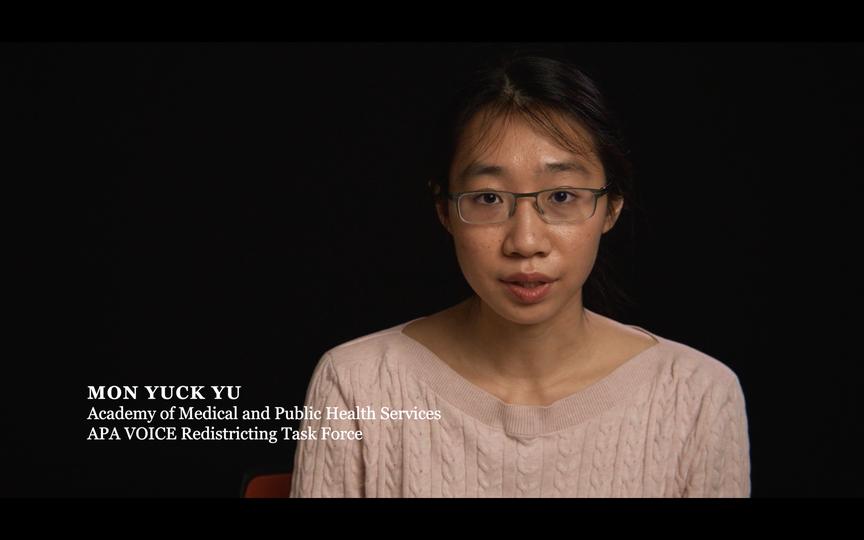
After the IRC deadlocked and the court ordered the IRC to redraw state Assembly lines, we created a fifteen-minute documentary “This is Where We Draw the Line” to serve as an educational tool to mobilize the community for another round of hearings on the Assembly lines The documentary also preserves our institutional knowledge of the task force’s advocacy to mobilize our communities for the 2030 redistricting cycle
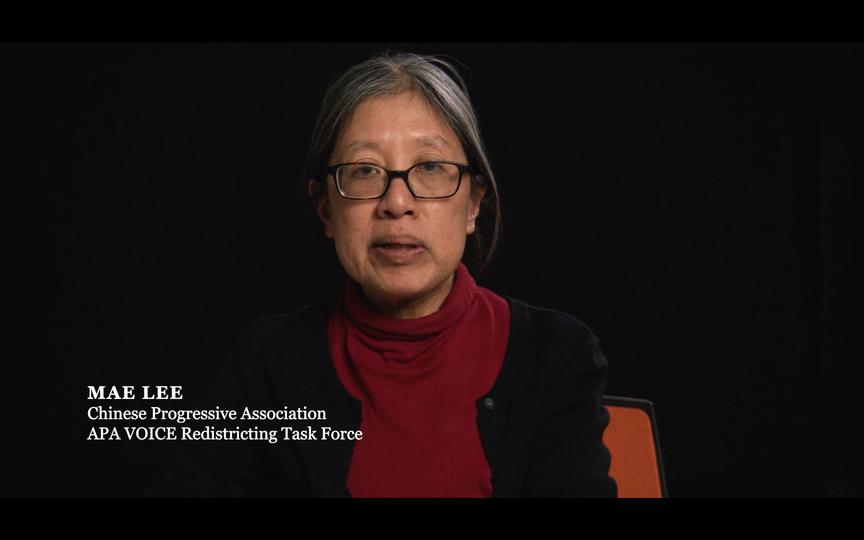
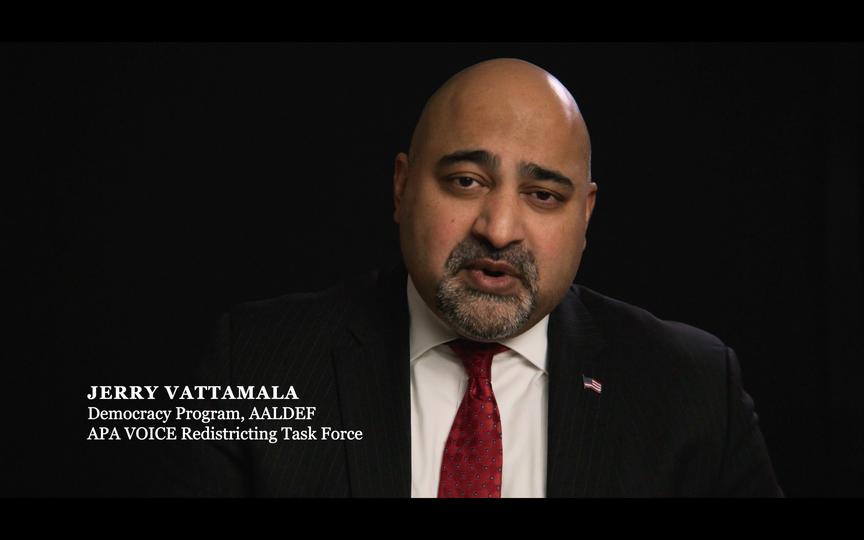

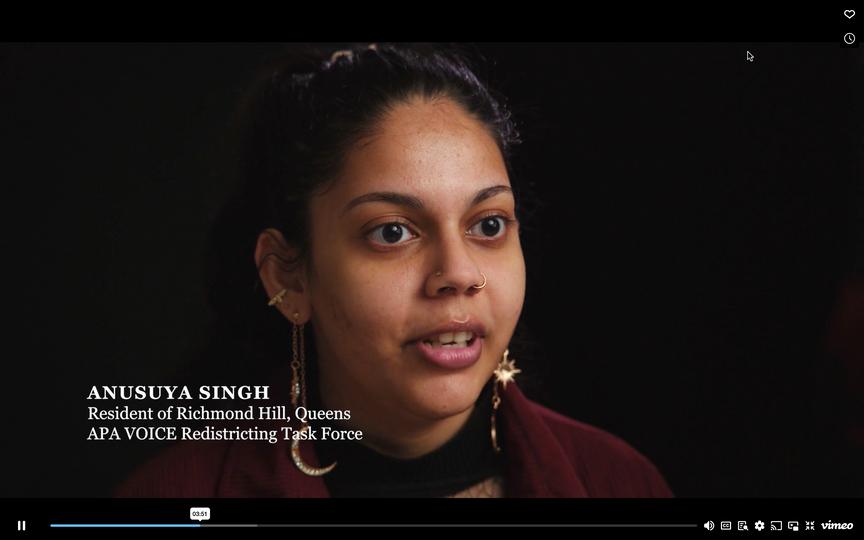
Next came the redistricting of city council lines for New York City Unlike the New York State Independent Redistricting Commissioners, our task force was able to weigh in on the selection of the New York City Districting Commissioners One of our nominees, the Honorable Marilyn Go, a retired US Magistrate Judge, was appointed by Mayor Adams to the fifteen-member Commission. Similar to the preparation for congressional and state redistricting, we held training on the City Districting Commission’s process. Of all the APA communities of interest, Bensonhurst was the most gerrymandered neighborhood, divided into four city council districts. This time, we held neighborhood walking and car tours for the Commission members in Manhattan’s Chinatown/Lower East Side, Brooklyn’s Bensonhurst, Flushing, and Richmond Hill/South Ozone Park. Lively and interactive Town Halls were also convened in these neighborhoods
In addition to educating our communities, we met with more than twenty-five elected officials, some twice, to garner their support for the congressional, state, and city council maps we supported.
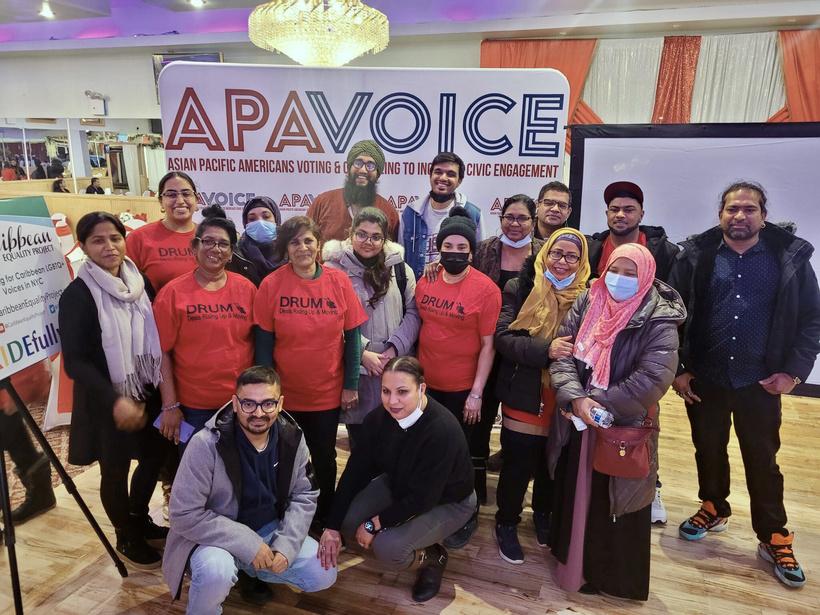

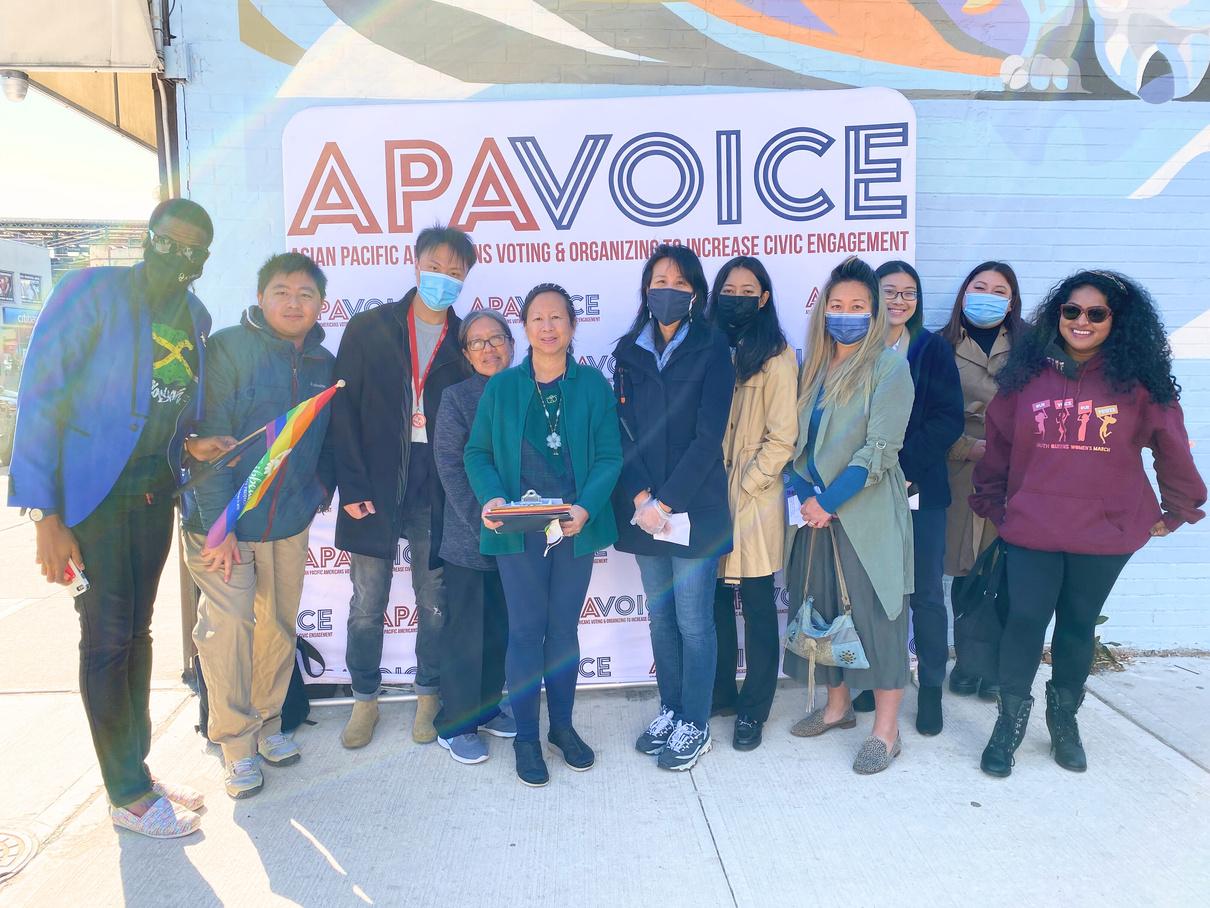
Participating in public hearings is where the communities can be visible in the redistricting process. APA VOICE Redistricting Task Force testified at 21 public hearings and mobilized nearly 200 people to testify orally (in person and via Zoom) and in writing during the congressional/state and city council redistricting hearings.
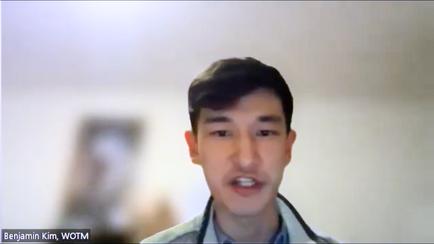
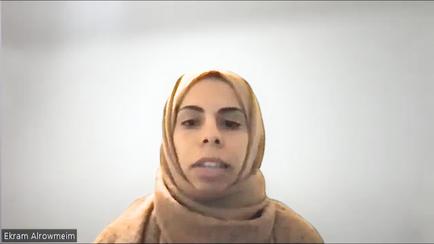
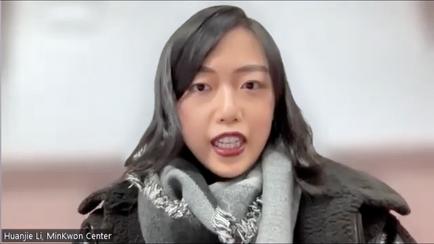
 BenjaminKim,WOTM
EkramAlrowmeim,RaisingHealth
BenjaminKim,WOTM
EkramAlrowmeim,RaisingHealth
In the first round of hearings the IRC invited the public to voice how they would like the
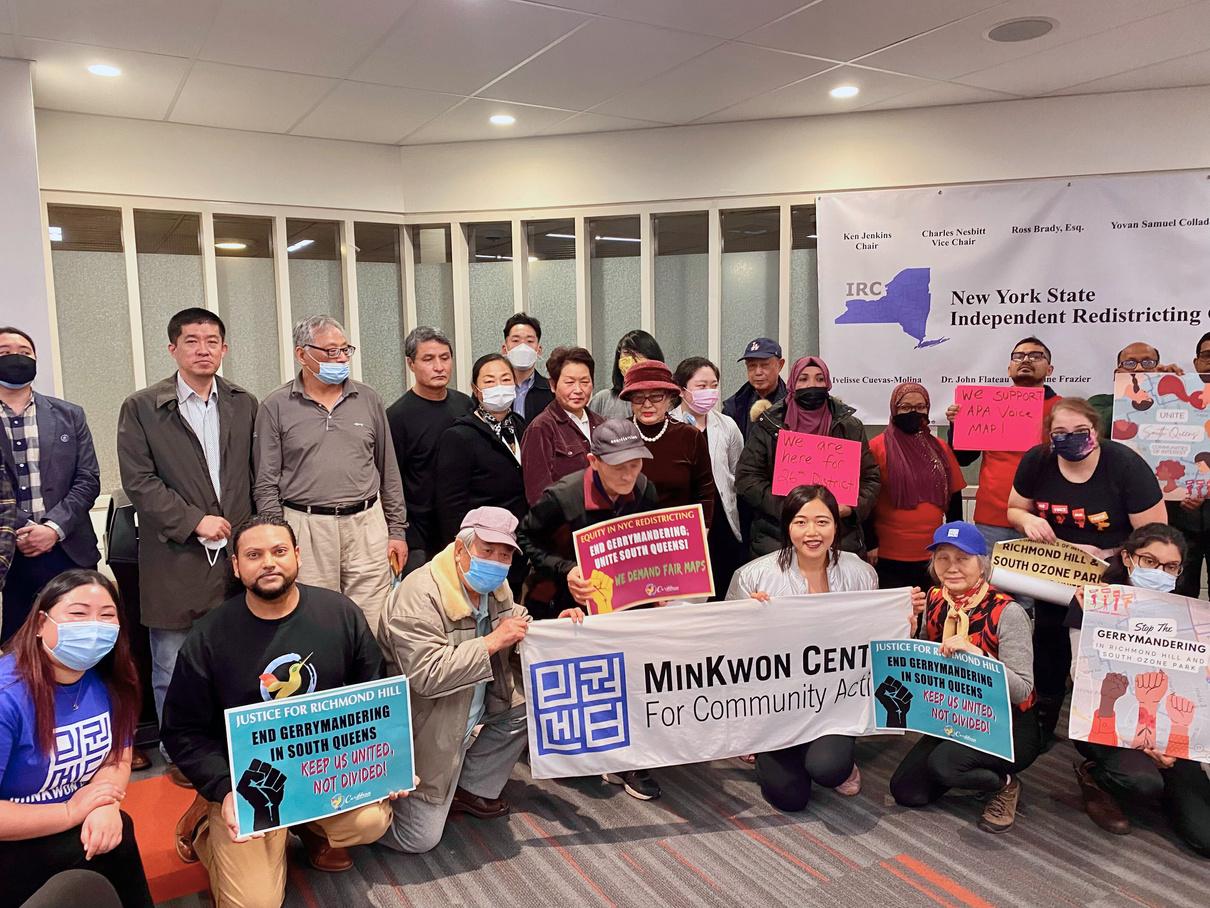
American Legal Defense and Education Fund With input from many member organizations in the APA VOICE Redistricting Task Force, the Unity Map kept the APA communities of interest as whole as possible in one congressional, state senate, and assembly district.*

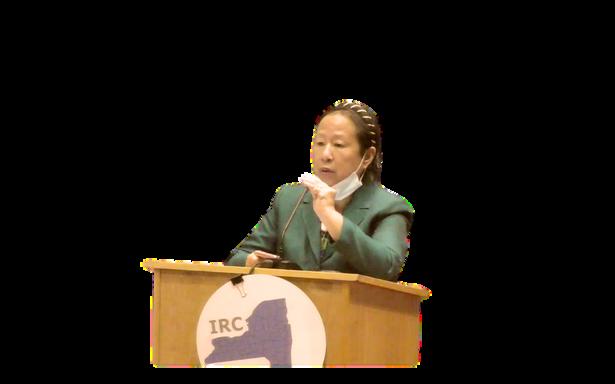
e McC congressional and state senate lines drawn unconstitutionally drawn and appointed Jona to redraw them. Prior to the release of the sp court held a public hearing, in-person only, b at the Steuben County Courthouse in Bath, N drive from New York City. Six member organ VOICE Redistricting Task Force testified at t coordinator of APA VOICE Redistricting Task representatives from the Asian American Leg a
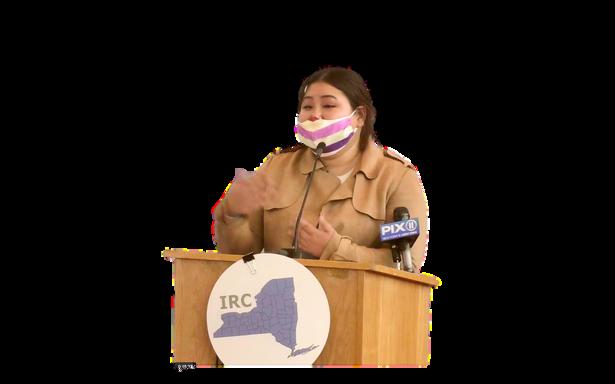
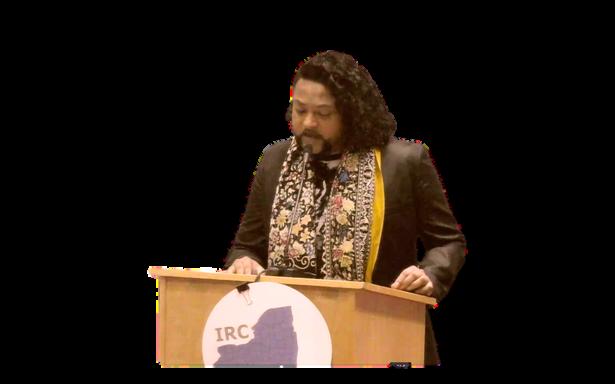

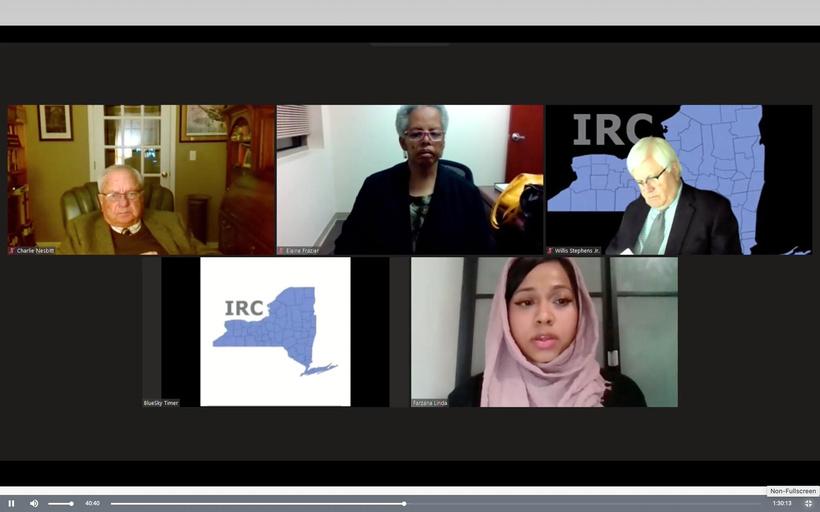
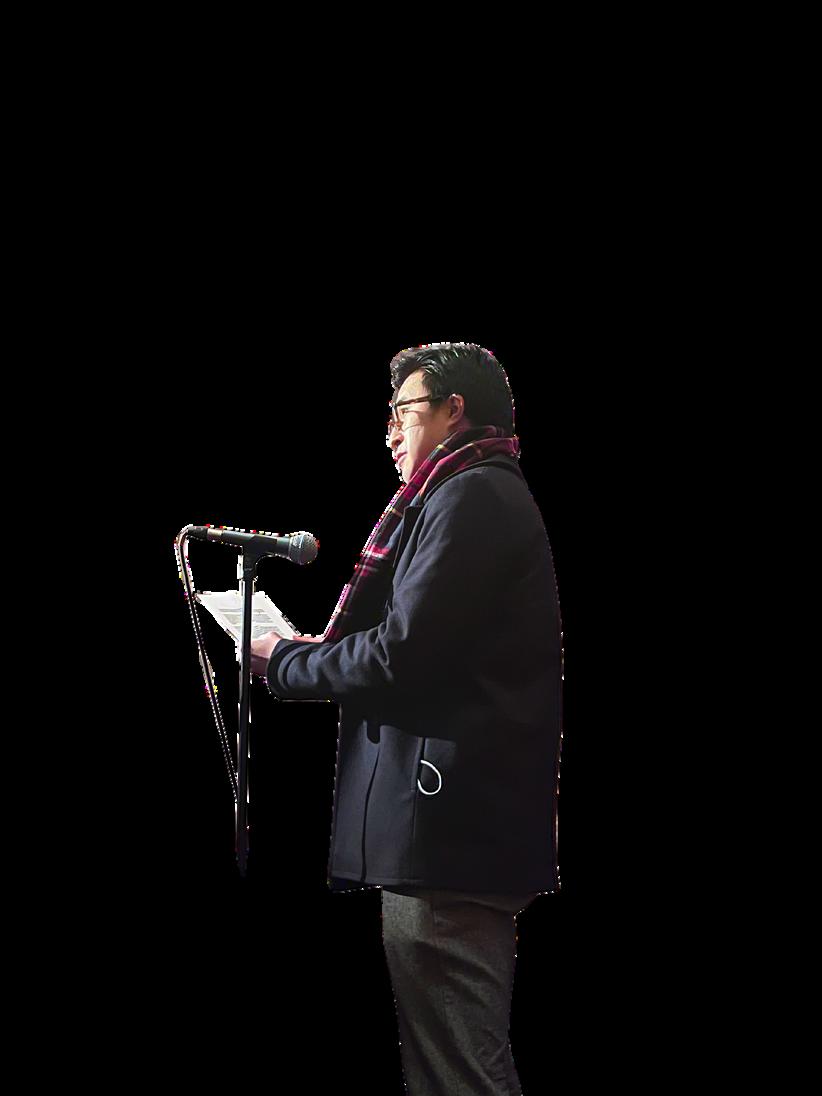
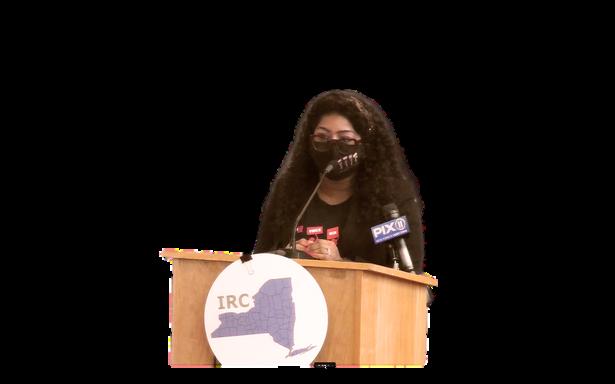
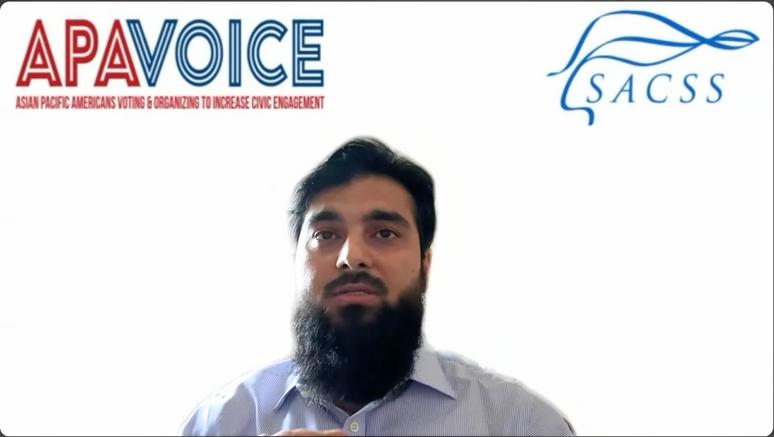


parate lawsuit filed later also found the the state legislature drew to be l and ordered the IRC to redraw the s. The IRC on December 1, 2022, finally p that kept Richmond Hill/South Ozone y one Assembly district but grouped East de north of the Long Island Expressway with ing along the Hillside Corridor, South of the ressway. These are two neighborhoods ct with each other because they are geographically separated by the expressway. In ry/February 2023, the IRC held public hearings and the public to comment on its revised draft map*
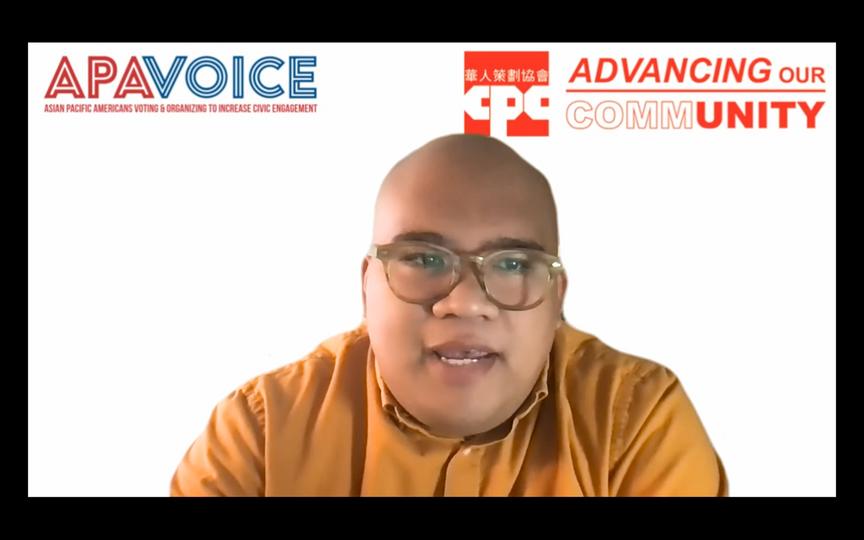
VOICE Redistricting Task Force members testified at f these hearings held in Manhattan, Brooklyn, Bronx, ueens At the hearing in Queens, our task force ber groups and their supporters dominated the ng praising the IRC draft map for Richmond Hill/South e Park, and urged the IRC not to lump Bayside north Expressway and the Hillside Corridor south of the ssway into one Assembly district.
*At this point, our task force comments were based on the IRC’s draft map released on December 1, 2022 Our task force supported the IRC’s draft AD 24 for Richmond Hill and South Ozone Park, IRC’s draft AD 87 for Parkchester, and AD 65 for Manhattan Chinatown/Lower East Side; proposed slight changes to the IRC draft AD 30 for Woodside, Elmurst, and Jackson Heights, AD 40 for Flushing and AD 47 for Bensonhurst; proposed changes to IRC draft AD 44 for Kensington so it would be in two districts instead of four, and proposed dividing the IRC draft AD 26 for Bayside and the Hillside Corridor into two separate districts.*
 RehanMehmood,SACSS
RehanMehmood,SACSS
But then at the 11th hour, after the public unanimously testified in support of the IRC draft map for Richmond Hill/South Ozone Park, the IRC abandoned its own draft map and submitted a map similar to the one it drew two years ago that divided this neighborhood into four Assembly districts. In the IRC final map, it did separate Bayside from the Hillside Corridor in District 26.


For city council lines, the New York Districting Commission held two rounds of hearings for a total of ten hearings in New York City. The first five hearings were to receive public input on how lines should be drawn and the second round of hearings were for the public to comment on the draft map the Districting Commission drew Our task force member groups testified in Brooklyn, Bronx, Manhattan, and Queens In Queens, we continued to press the narrative - keep Richmond Hill/South Ozone Park whole in one city council district.
In the 2nd round of hearings, while several of the APA VOICE Redistricting Task Force groups testified in Queens. Woodside on the Move, Tibetan Community Center of NY/NJ, National Federation of Filipino American Associations New York Chapter, and other non-task force member groups mobilized its members, dominating the hearing to advocate that Woodside (which included Little Manila) remain whole in a district in Queens This outpouring was in response to a Districting Commission draft map that attempted to split Woodside between Manhattan and Queens.
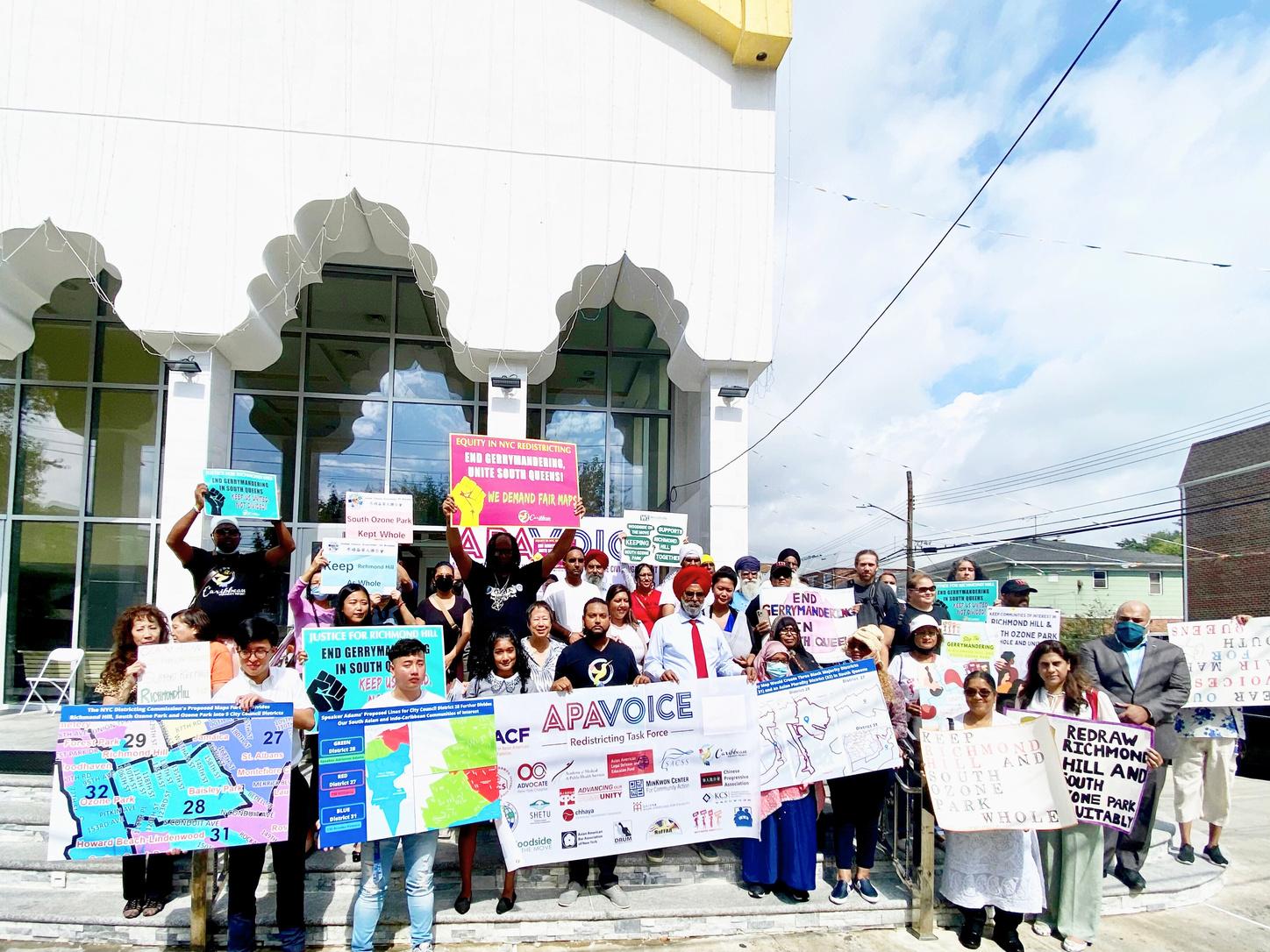

ONGOING CHALLENGES
City Council
City Council
City Council
State Assembly State Assembly

Queens
Richmond Hill/South Ozone Park is divided into two City Council districts.
Queens
While many of the Tibetan residents and businesses are in City Council District 26, the Tibetan Community Center of NY/NJ is left out of City Council District 26.
Queens
Flushing’s Korean American community of interest is split between City Council Districts 19 and 20
Queens
Richmond Hill/South Ozone Park is divided into four state Assembly districts.
Brooklyn
Kensington is divided into three state Assembly districts (compared to four in 2010)
Congressional redistricting continued into 2024. In December 2023, New York State’s highest court ruled the IRC must redraw congressional lines in time for the 2024 congressional elections and be in effect for succeeding elections until the 2030 redistricting cycle yields new maps. Our task force joined civic and other community-based groups to advocate that the IRC hold public hearings on the Special Master’s map and be transparent in their decision-making Together, we convened a press conference and a People’s Hearing where seven of our member groups testified to what they would have said had there been a public hearing
In this latest round of redistricting, the APA VOICE Redistricting Task Force chose to support the special master’s map because this map did a better job of keeping our communities of interest together. We wanted the opportunity to inform the IRC face to face that our position had changed from three years ago. On February 15, 2024, the IRC submitted a proposed map to the state legislature for approval without public input. Our task force supported five of the six congressional districts the IRC drew that contain large APA populations because they are identical or nearly identical to the special master’s map for these districts. We did not support the IRC draft plan for CD 6, the only congressional district with APA representation because it swaps and divides Jackson Heights, a heavily South Asian community, for parts of Corona, a heavily Latino community
Congress
On February 26, 2024, the state legislature rejected the IRC map and drew its own map without public comment, keeping the same five of the six congressional districts largely intact, and adopting the IRC draft plan for CD 6. Two days later, the legislature voted in favor of its own map and Gov. Hochul signed it into law. Our task force continues to oppose the current configuration of CD 6 because it dilutes the APA community in CD 6 and the Latino community in CD 14.

There needs to be an odd number of commissioners on the Commission to prevent another deadlock We need to move toward a more “independent” model where the Commission has the final say on the maps, not the Legislature. And the process in which the IRC makes its decisions must be open to the public.

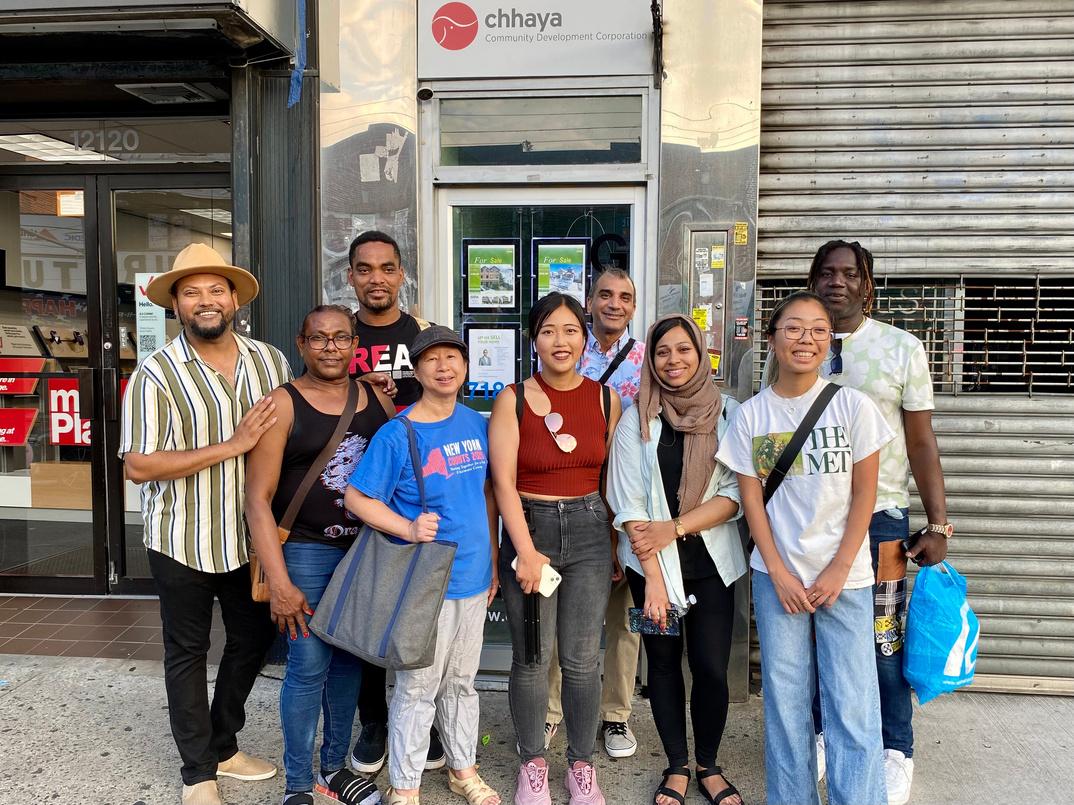
Since Spring 2023, APA VOICE Redistricting Task Force has joined a coalition of civic and communitybased organizations seeking to reform the Independent Redistricting Commission in time for the 2030 redistricting cycle.
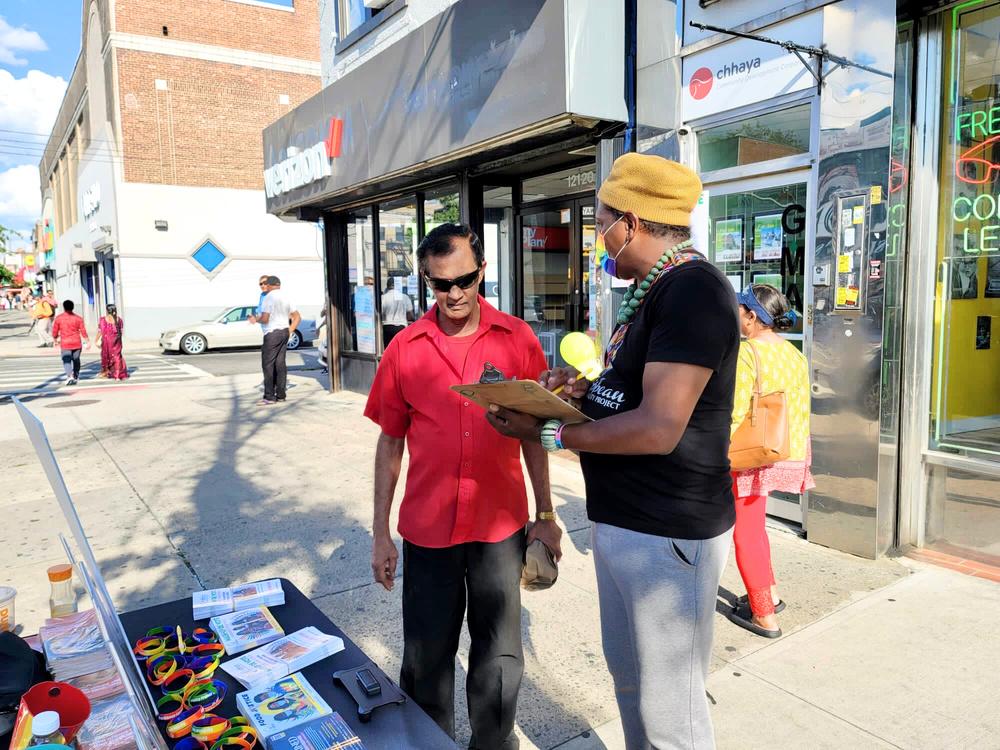
The underreporting of APAs and/or inconsistent reporting of race in the Census, particularly in the Indo-Caribbean community, made it more challenging to show population numbers that supported a stronger community of interest Coalition of Asian American Children and Families, a Task Force member organization, has taken a lead in making sure marginalized groups can clearly identify themselves on the 2030 Census.
Working with the Task Force, South Asian, and IndoCaribbean led member groups, including Caribbean Equality Project, South Queens Women’s March, DRUM, and CHHAYA, are advocating to include IndoCaribbean as a choice of identity on the 2030 Census. If successful, a more strategic educational outreach plan to inform the community on how to complete the 2030 census and track results will be needed
Once the 2030 Census gets underway, it is critical our communities complete the Census We witnessed firsthand how strong census numbers can lead to empowerment. Because of the APA population growth of 43% in Brooklyn, the creation of a near majority APA State Senate District 17 and a majority APA City Council District 43 were necessary to comply with the Voting Rights Act’s mandate not to dilute minority voting power.

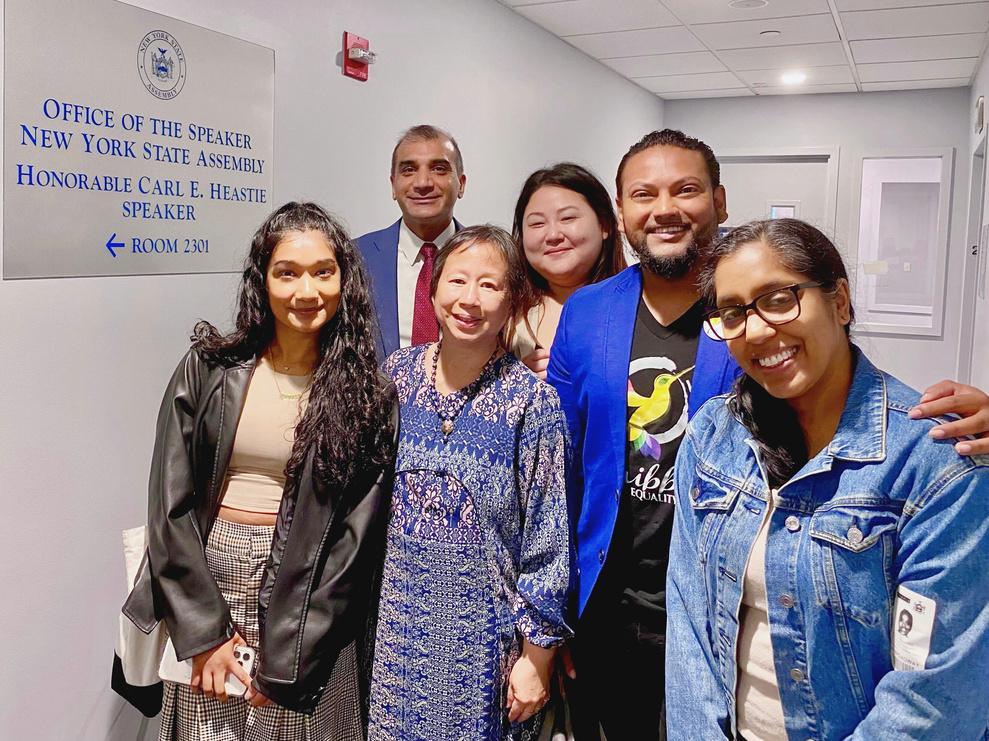
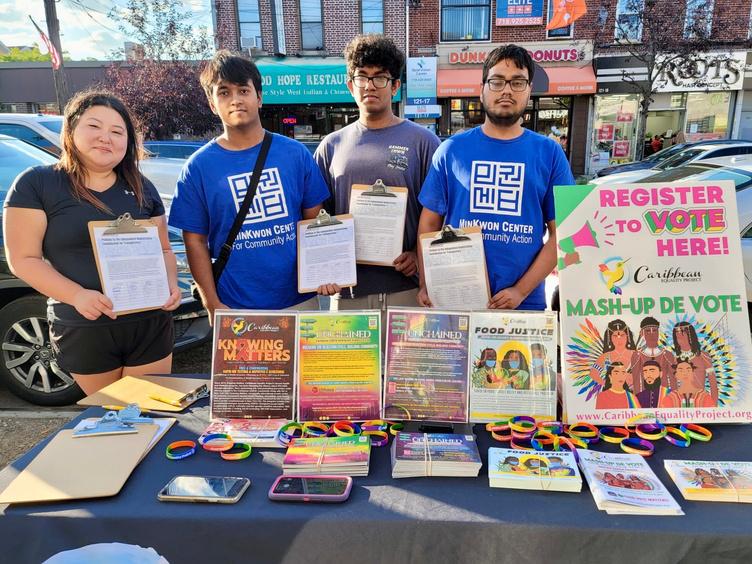
While the Task Force grew to a coalition of 20 member organizations, it needs to reach and expand its membership to include more Brooklyn and Bronx APA groups to complement the 43% APA population growth in these boroughs With the growing number of APAs in Staten Island, the Task Force should also grow its membership to include its APA groups. This includes immigrant-owned small businesses that play an important role in shaping and building our communities of interest. Lastly, our outreach should engage Asian American communities in Long Island and upstate New York.

D.Research,network,anddevelop formaltieswithprivatelawfirmsto provideprobonolegaladviceand serveasin-houselegalcounselto consultandadviseonstateelection law,theimpactonpotential boundaries/electoraldistricts, and/ortorepresentthetaskforce onpotentiallitigation
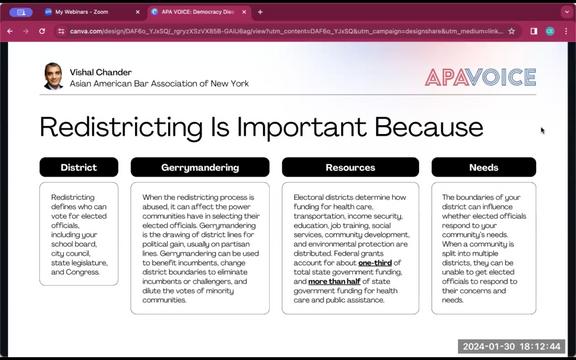
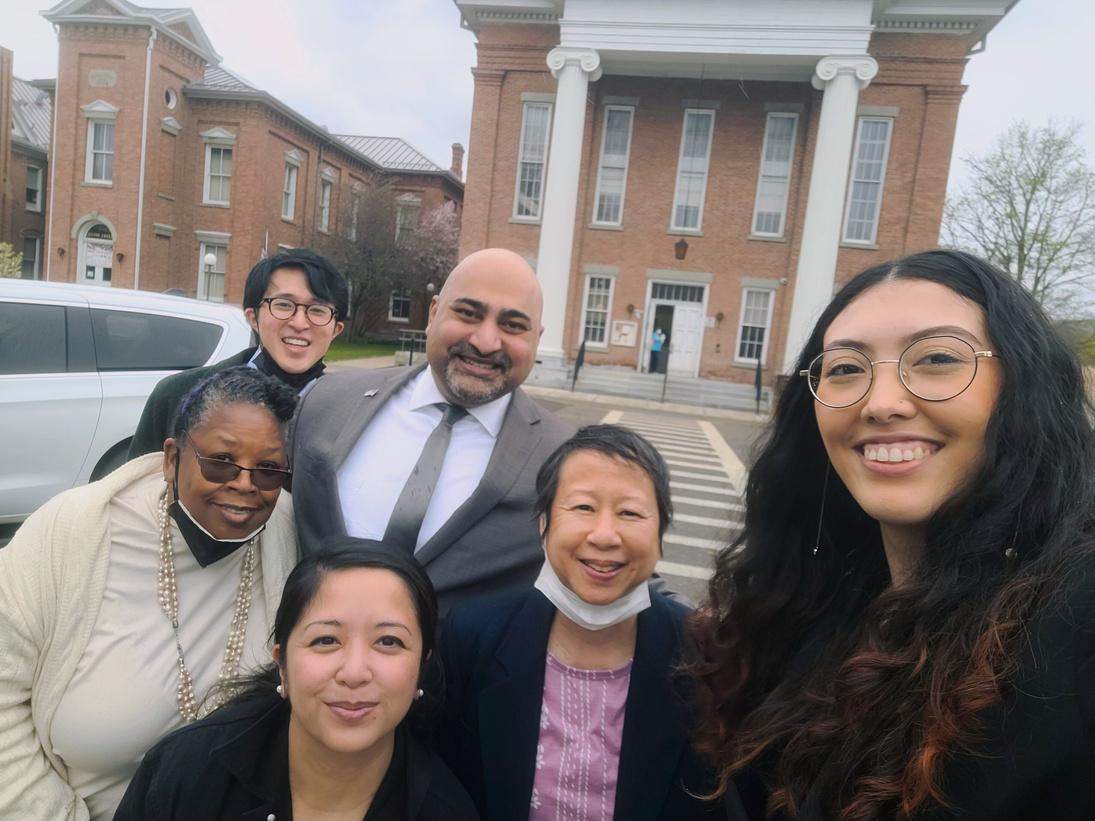
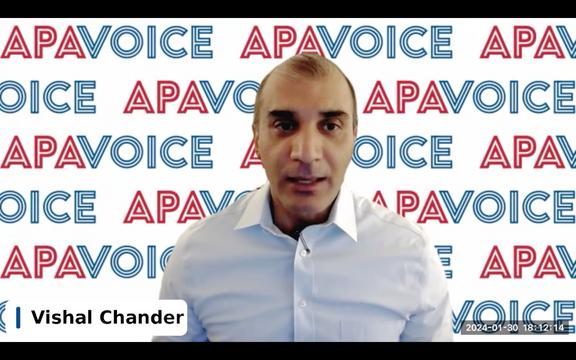
APA VOICE Redistricting Task Force’s relentless advocacy in the 2020 redistricting cycle has been unprecedented and led to enormous victories for our communities. The Task Force has proven it can mobilize its base to participate in an impactful and visible way However, once the lines are drawn by the districting commissions, challenging them requires legal action that needs to be brought in a timely fashion Having readily accessible legal advice can also improve efficiency and reduce costs. With each decennial census, the growing APA population impacts more districts threatening the status quo. Challenging future lines that benefit incumbents over minority communities of interest will require litigation.

E. More funding for educational outreach and keeping the community engaged. The funding cycle needs to expand to at least a four-year cycle
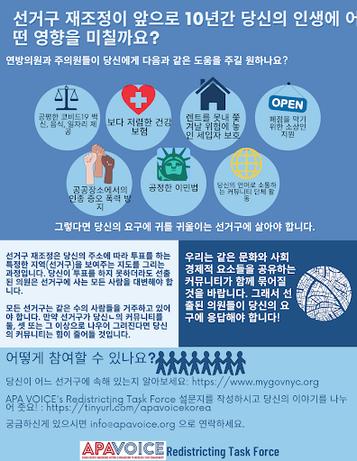

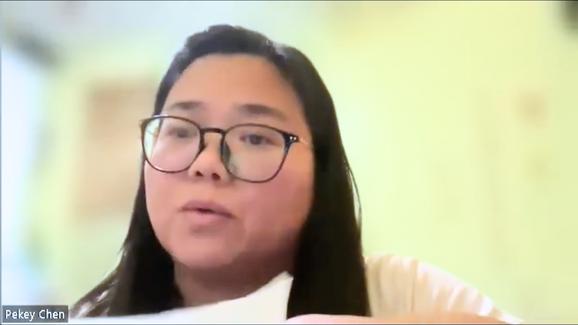 PekeyChan,UCAB
PekeyChan,UCAB
The protracted 2020 redistricting cycle is indicative of what the 2030 redistricting cycle will be like. As our country continues to transition to a majority-minority country, struggles to resist change to the status quo and power will intensify. Four years of redistricting has been exhausting It was challenging for many member organizations to devote the same time and resources to testify multiple times, stay abreast of and educate the community on the most recent redistricting developments. Just one town hall required funds for a venue, advertising, interpreters, audio/visual equipment, and refreshments, let alone the costs involved in hosting multiple town halls to keep the community engaged during a protracted redistricting cycle fueled by multiple lawsuits.
The silver lining for the Task Force which has spanned four years is that we have learned how to build solidarity. While member organizations need to advocate for lines that protect their particular community of interest, we have learned how to do so and at the same time, help those who face a more challenging time achieving fair districts We have worked across boroughs to support each other and we are a much stronger coalition because of that Building upon that solidarity is a constant, but necessary effort.
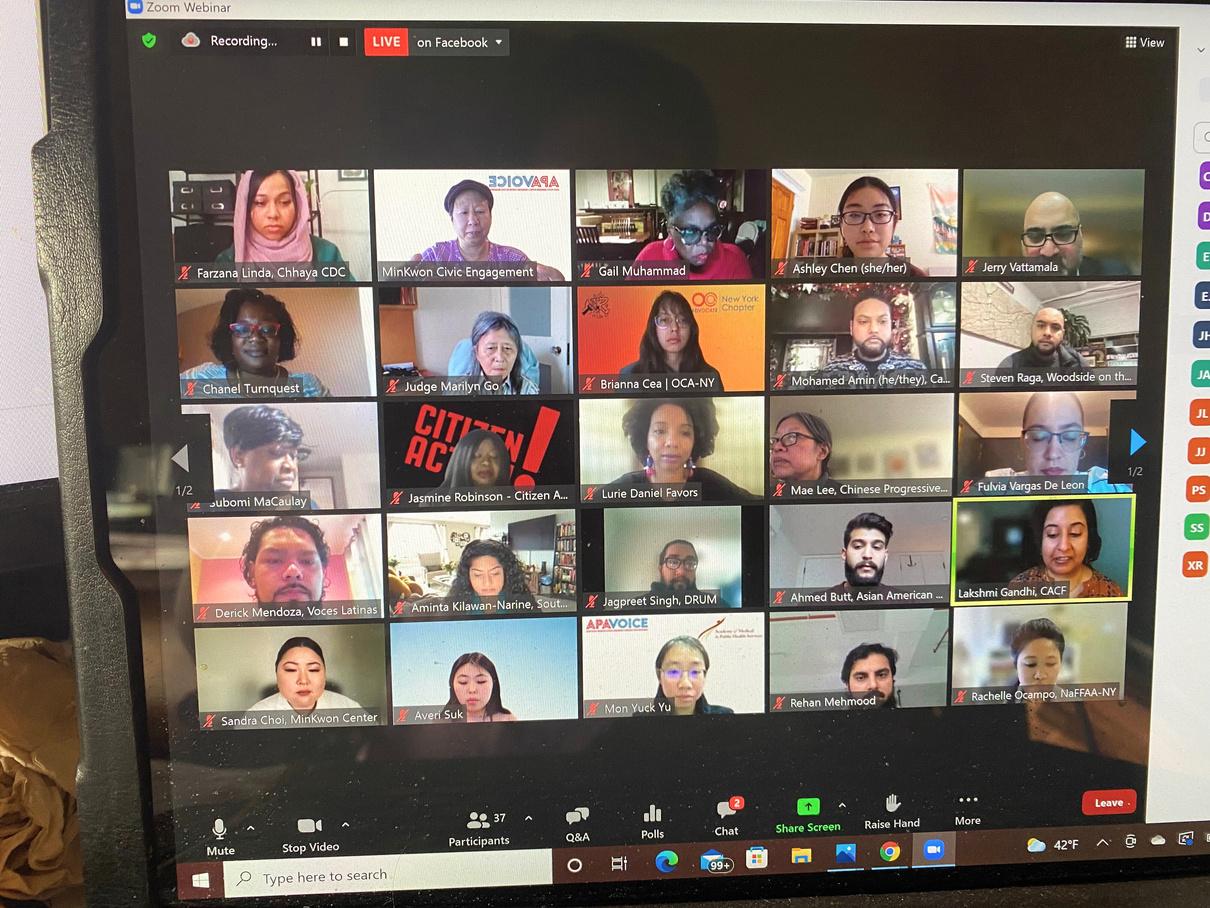

APPENDIX A: SELECT NEWS COVERAGE
March 22
2021
To kick off the 2020 redistricting cycle, APA VOICE Redistricting Task Force convened a press conference in Elmhurst, Queens to officially launch the Task Force.
“Advocates Want More Redistricting Unity”, Queens Chronicle, March 25, 2021
“Launch of APA VOICE Redistricting Task Force - QueensNew York City”, ITV Gold, March 26, 2021
“아시안 목소리 반영 선거구 재조정해야 (Political Districts Need to Be Drawn to Reflect APA Voices)”, The Korea Daily, March 22, 2021
“
紐約市亞太裔投票聯盟 選區重畫工作組啟動 (APA VOICE Redistricting Task Force Launched in NYC)”, World Journal, March 23, 2021

July 22 2021
“
亞太裔發聲重劃選區工作組啟動 籲凝聚社區力量 (APA VOICE Redistricting Task Force Launched to Unify Community Power)”, Sing Tao Daily, March 23, 2021
TohighlightAPAVOICERedistrictingTask Force'supcomingparticipationinthe IndependentRedistrictingCommission’sfirst roundofpublichearingsinNewYorkCity,we convenedapressconferenceinRichmondHill, Queensthemorningofthefirsthearingin Queens.Atthispressconference,wealso announcedthetopfivewinnersofourteenage artcontest,asuccessfulefforttoeducateand involveyouthinredistricting.Thecontest sloganwas“ThisisWhereIBelong”.
“Queens Residents Share Hopes for Redistricting”, Queens Eagle, July 22, 2021
“Advocates Demand to Keep Richmond Hill Whole”, Queens Chronicle, July 29, 2021
“Teens Depict ‘Home’”, Queens Chronicle, July 29, 2021
“Redistricting Means Power: Everyday New Yorkers Get a Say in Carving Out Their District Lines”, Gothamist, July 24, 2021
“‘This Is Where I Belong’ High School Art Contest (APA VOICE)”, Chinatown NYC, June 10, 2021

July 26 2021
“선거구 재조정에 아시안 커뮤니티 의견 반영해야 (The Opinions of the APA Community Must Be Reflected in Electoral Redistricting)”, The Korea Daily, July 23, 2021
“뉴욕주 선거구 어떻게 바뀌나…재조정 작업 시작 (How New York State's Districts Are Changing...the Redistricting Process Begins)”, Korea Times, July 23, 2021
“皇后區選區重畫「法拉盛不應與南亞社區切割」(Queens Redistricting ‘Flushing Should Not Exclude the South Asian Community’”, World Journal, July 23, 2021
“根據⼈⼝普查將重劃選區 22⽇召開皇后區公聽會 (Redistricting to Be Based on Census, Queens Public Hearing Will Be Held on the 22nd)”, Sing Tao Daily, July 20, 2021
“West Indian Today - APA VOICE Redistricting”, ITV Gold, July 31, 2021
CoverageofAPAVOICERedistrictingTask ForceMemberOrganizationstestifyingatthe Manhattan(NewYorkCounty)andBronxPublic HearingconvenedbytheIndependent RedistrictingCommission. “紐約州獨⽴選區重劃委員會公聽會 多個華⼈組織作證要求把華 ⼈集中地區規劃 (New York State Independent Redistricting Commission Public Hearing, Multiple Chinese Organizations Testified Demanding Unifying Areas With a Concentrated Chinese Population)”, Sing Tao Daily, July 27, 2021

July 29 2021
CoverageofAPAVOICERedistrictingTask ForceMemberOrganizationstestifyingatthe Brooklyn(KingsCounty)publichearing convenedbytheIndependentRedistricting Commission.
“What Might Redistricting Mean for Brooklyn’s Neighborhoods?”, Park Slope Courier, August 2, 2021
August 2021
APA VOICE Redistricting Task Force’s reaction to newly released Census numbers showing a 43% increase in the APA population in Brooklyn and a 29% increase in the APA population in Queens.
“NYC Asian Activists Seek to Turn Surging Population Into Electoral Power”, The City, August 12, 2021
“Redistricting Commission Hears Concerns About NYC Legislative Lines”, Politico, August 2, 2021
November 2021
APA VOICE Redistricting Task Force convened a press conference to highlight the Task Force's participation in the Brooklyn (Kings County) public hearing convened by the Independent Redistricting Commission.
“
划出亚裔集中选区呼声高 (Strong Calls to Draw Districts With High APA Concentration)”, US China Press, November 9, 2021

January 3 2022
“
亞太裔發聲重劃選區工作組 呼籲華裔參加選區重劃公聽會 (APA VOICE Redistricting Task Force Urges Chinese Americans to Participate in Public Redistricting Hearings)”, Sing Tao Daily, November 9, 2021
“
亞裔選區重畫公聽會 籲華人參與 (Public Redistricting Hearing on Drawing APA Districts, Chinese Americans Should Participate)”, World Journal, November 9, 2021
APA VOICE Redistricting Task Force’s response to the Independent Redistricting Commission deadlocking.
January 25 2022
“Odds of Gerrymandering Grow in New York as Redistricting Panel Falters”, The New York Times, January 3, 2022
APAVOICERedistrictingTaskForceconvened ajointvirtualpressconferencewiththeCenter forLawandSocialJusticeandLatinoJusticeon theNewYorkStateLegislaturereleasingits mapwithoutpublicinput.
“Albany Democrats Seize Control of Redistricting, With Unclear Role for Public”, The City, January 27, 2022
“State Legislature to Vote on Redistricted Maps, as Civic Groups Press for a Hearing”, Gothamist, January 27, 2022
“On Redistricting”, WNYC Public Radio/NPR, January 2022

January 31 2022
“What Does Your Community Map Reflect: Fair Representation or Local Politics?”, Radio Free Brooklyn, January 29, 2022
“州議會負責選區重畫 25團體⽀持聯合地圖 (State Legislature Responsible for Redrawing Districts, 25 Groups Support Unity Map)”, World Journal, January 26, 2022
“選區重劃地圖陷僵局 ⺠權團體再推「團結地圖」(Deadlock Over Redistricting Maps, Civil Rights Groups Push for 'Unity Map' Again)”, Sing Tao Daily, January 26, 2022
APA VOICE convened an emergency rally to protest the congressional and state lines drawn by the NYS Legislature without community input after the Independent Redistricting Commission deadlocked.
“NYC to Pick Up Two State Senate Seats Under Albany Redistricting Plan”, The City, February 1, 2022
“Group Rallies Ahead of Vote on Proposed Congressional Redistricting Map”, Bronx News 12, February 1, 2022
“Immigrant Advocates Call for ‘Unity’ in Redistricting, Decry New Last-minute Lines”, The Village Sun, February 1, 2022 “
多個
團體要求 舉⾏公聽察納⺠意 (Multiple APA Groups
Demands Public Hearing to Gather Public Input)”, Sing Tao Daily, February 1, 2022

April 5
2022
“New Yorkers Protest New Redistricting Maps Drawn by State Legislature”, CBS New York, February 4, 2022
APA VOICE Redistricting Task Force convened a press conference at City Hall to launch involvement in the City Council 2020 Redistricting Cycle.
“Coalition of Asian Organizations Demand Representation in City Redistricting”, Politics NY, April 5, 2022
“Asian Advocacy Groups Mobilize for More City Council Representation as Redistricting Process Begins”, Gothamist, April 6, 2022
“APA VOICE Talks Redistricting”, Queens Chronicle, April 7, 2022
“
紐約市選區重畫將啟動 亞太裔維權團體動員發聲 (New York City Redistricting Will Begin, APA Civil Rights Groups Mobilize to Speak Out)”, World Journal, April 6, 2022
“維權組織:班森賀亞裔聚居 應有專屬市議員選區 (Civil Rights Group: Bensonhurst Has a Concentrated APA Population, Should Have Its Own Council District)”, World Journal, April 8, 2022
May 2022

APA VOICE Redistricting Task Force member organizations testified in the Steuben County Courthouse before the court-appointed Special Master to draw congressional and state senate lines.
July 2022
“Division of NY Communities Takes Focus at Forum on Gerrymandered Maps”, Courthouse News Service, May 6, 2022
“NY Redistricting: Voters Flock to Steuben County to Comment on Future of New York’s Legislative Maps”, WSKG Public Radio/NPR, May 6, 2022
“Special Master Hears Arguments in Redistricting Case”, City & State New York, May 6, 2022
“
選區重畫公聽路遠缺翻譯 亞裔參與難 (Redistricting Public Hearing Makes It Difficult for APA Community to Participate Due to Long Distance and Lack of Translation)”, World Journal, May 7, 2022
“The Town That Will Decide New York Redistricting for the Next Decade”, Politico, May 11, 2022
“New York Special Master Listens to Recommendations for Redistricting Maps”, Spectrum News Syracuse, May 7, 2022
APA VOICE Redistricting Task Force’s reaction to the creation of an APA-majority city council district.
“New NYC Council District Maps Create Asian-majority District, but Draw Fire From Sitting Members”, Gothamist, July 15, 2022

September 2022
APA VOICE Redistricting Task Force convened a press conference in front of the Gurdwara at the Sikh Cultural Society to advocate for a proposed city council map that keeps Richmond Hill whole.
“South Asians in Queens Say Proposed Redistricting Map Ignores Them”, Gothamist, September 13, 2022
“‘Communities of Interest’ Clash Over New Council Maps in Southeast Queens”, The City, September 15, 2022
“The Redistricting Mess Comes to New York’s City Council”, The New York Times, September 20, 2022
“DiverseCITY - Redistricting: A Special Look”, CUNY-TV, October 14, 2022
April 20
2023
APA VOICE Redistricting Task Force member organizations' reaction to the Independent Redistricting Commission submitting its maps to the state legislature for approval.
“New Assembly Maps Head to State Legislature With Few Changes to Current Lines”, Queens Eagle, April 24, 2023
“Redistricting Commission Submits New Assembly Maps, With Few Changes”, City & State New York, April 20, 2023

April 24 2023
APA VOICE Redistricting Task Force convened a press conference in Richmond Hill expressing outrage against the IRC for submitting a map to the state legislature at the 11th hour that contradicts the IRC’s own draft map that the community unanimously supported. The map IRC submitted to the state legislature divides Richmond Hill into four Assembly districts.
“Activists Continue Redistricting Fight”, Queens Chronicle, April 27, 2023
“As Assembly Lines Are Approved, Queens Locals Rally Against Them in Richmond Hill”, Queens Eagle, April 25, 2023
“NY Assembly Map: Meet Your New District, Same as the Old District”, Gothamist, April 24, 2023
May 22 2023
APA VOICE Redistricting Task Force filed a Freedom of Information Act request to obtain information on why the IRC submitted a different map for Richmond Hill to the state legislature for approval rather than its own draft map.
“Queens South Asian Community Groups Keep Redistricting Fight Going”, Queens Eagle, May 22, 2023

September 11 2023
APAVOICERedistrictingTaskForceconveneda pressconferenceinRichmondHill,Queensto demandIRCvoluntarilydisclosewhyitsubmitted adifferentmapforRichmondHilltothestate legislatureratherthanitsowndraftmap.
“Activists Seek Info From IRC on AD24, APA VOICE Still Wants Transparency on Redistricting as FOIL is Denied”, Queens Chronicle, September 11, 2023
“South Asian Communities in Richmond Hill, South Ozone Park Continue Redistricting Fight”, Queens Daily Eagle, September 12, 2023
After the court ordered the IRC to redraw congressional lines, the APA VOICE
January 2024
Redistricting Task Force joined civic and other community groups in demanding public input and transparency into the process.
“Advocates Demand Public Input on New Congressional District Map”, Queens Daily Eagle, January 9, 2024
“Good Government and Community-based Organizations Say NY's Latest Efforts in Redrawing Congressional Lines Need More Input…” WNYC Public Radio/NPR, January 23, 2024
“
國會議員選區重畫 民權組織籲辦公聽及會議 (Congressional Districts to Be Redrawn, Civil Rights Groups Call for Public Hearings”, World Journal, January 24, 2024

February 2024
“州議會版國會地圖通過 亞裔選區被分割 (State Legislature's Congressional Map Passed, APA District Divided)”, World Journal, March 1, 2024 APPENDIX
APA VOICE Redistricting Task Force’s reaction to the passage of the Legislature’s map signed into law.


This page is intended to be blank. Credits are on back cover.
PRIMARY AUTHOR
Elizabeth R. OuYang
APA VOICE Redistricting Task Force Coordinator CONTRIBUTOR
Angela Li
Immigrant Social Services Civic Engagement Coordinator
DESIGN & DATA VISUALIZATION
Huanjie Li
MinKwon Center for Community Action Organizer & Community Engagement Manager PUBLISHED March 2024